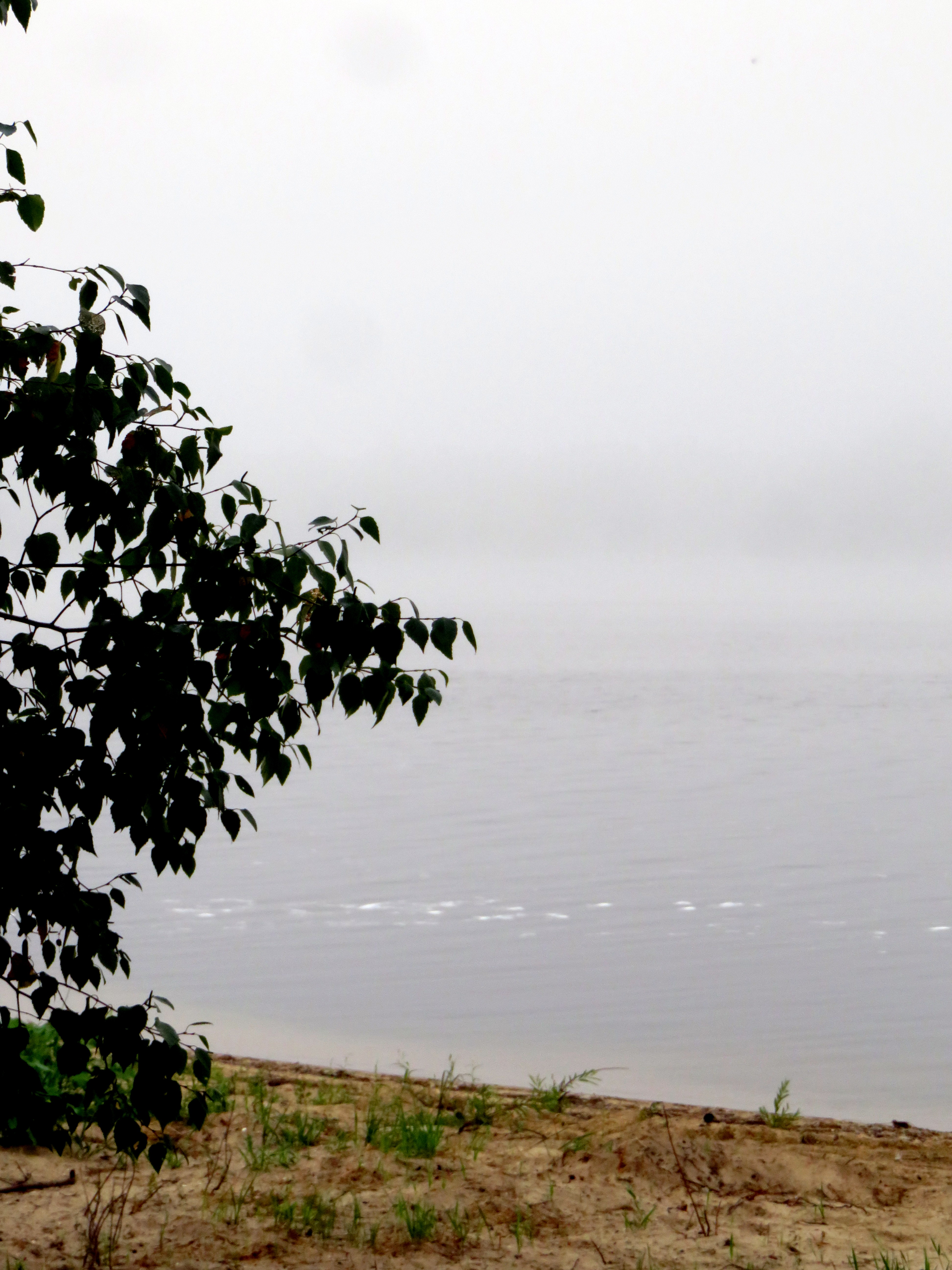
It’s a quiet Monday morning at the cottage. The lake is draped with a haze of fog, the opposite shoreline barely visible, like a pencil drawing that had been badly erased and only a light shadow remains. The lake is still and gray, barely a ripple. Islands of foam rest without moving on its surface, like globs of whipped cream floating in a sink of dirty water.
The monochromatic palette is broken only by the brilliantly colored water floats tied to the neighbor’s dock. A bright pink flamingo, a yellow trampoline, a goldenrod inner tube, a floating island with a green palm tree protruding from the top. Their cheerful colors signal the lively activity of the day ahead.
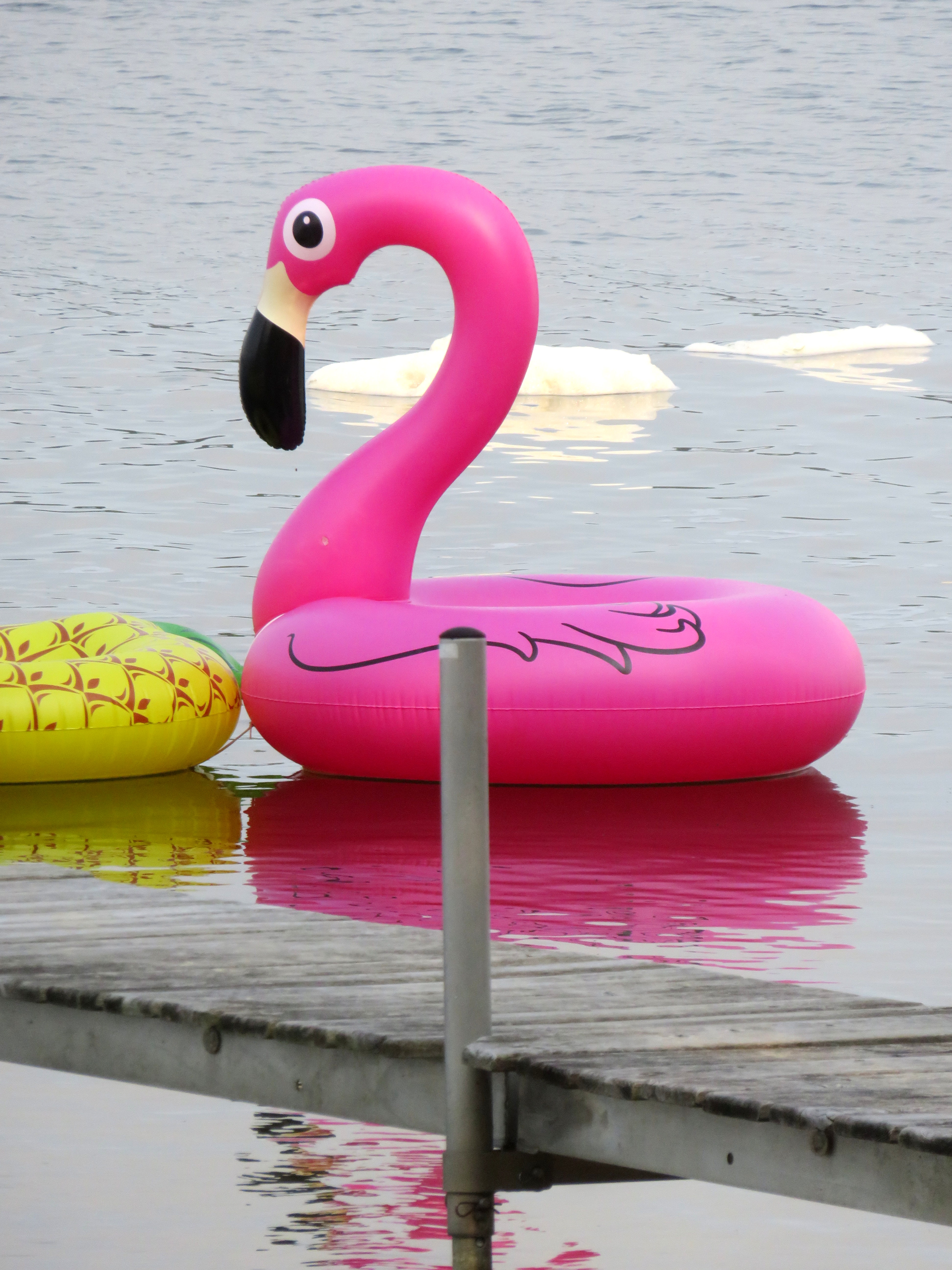
The weekenders have returned home to their regular routine of work, appointments and obligations and it is quiet, oh so quiet. Only the well modulated voices of dulcet radio anchors on “Morning Edition” and the sound of the neighbor’s lawn sprinklers break the stillness.
Why, oh why, do people have lawns at the lake? This is where we come to escape the routines of the city and the suburbs. Mowing lawns. Street traffic. A faster pace.

On our morning walks we might encounter Mr. Bird and his dog, Snoopy; Karen and Lou, with their dazzling garden; Penny and John, who are laying in their own driveway; Steve, who is married to the Little Free Library lady; Paul, the painter, who has a smoker and who, if we are lucky, may offer a taste of delicious smoked meat; Josh and his dad, with Josh’s kids packed into a double-stroller and their blond German shepherd by their side.
We greet each other with a smile, maybe a bit of chat, swatting away a mosquito or two if the day is damp or humid. We note the flower pots with black eyed Susans in an otherwise neat little garden, tipped over the day before in the breeze, are now planted, straight and tall.
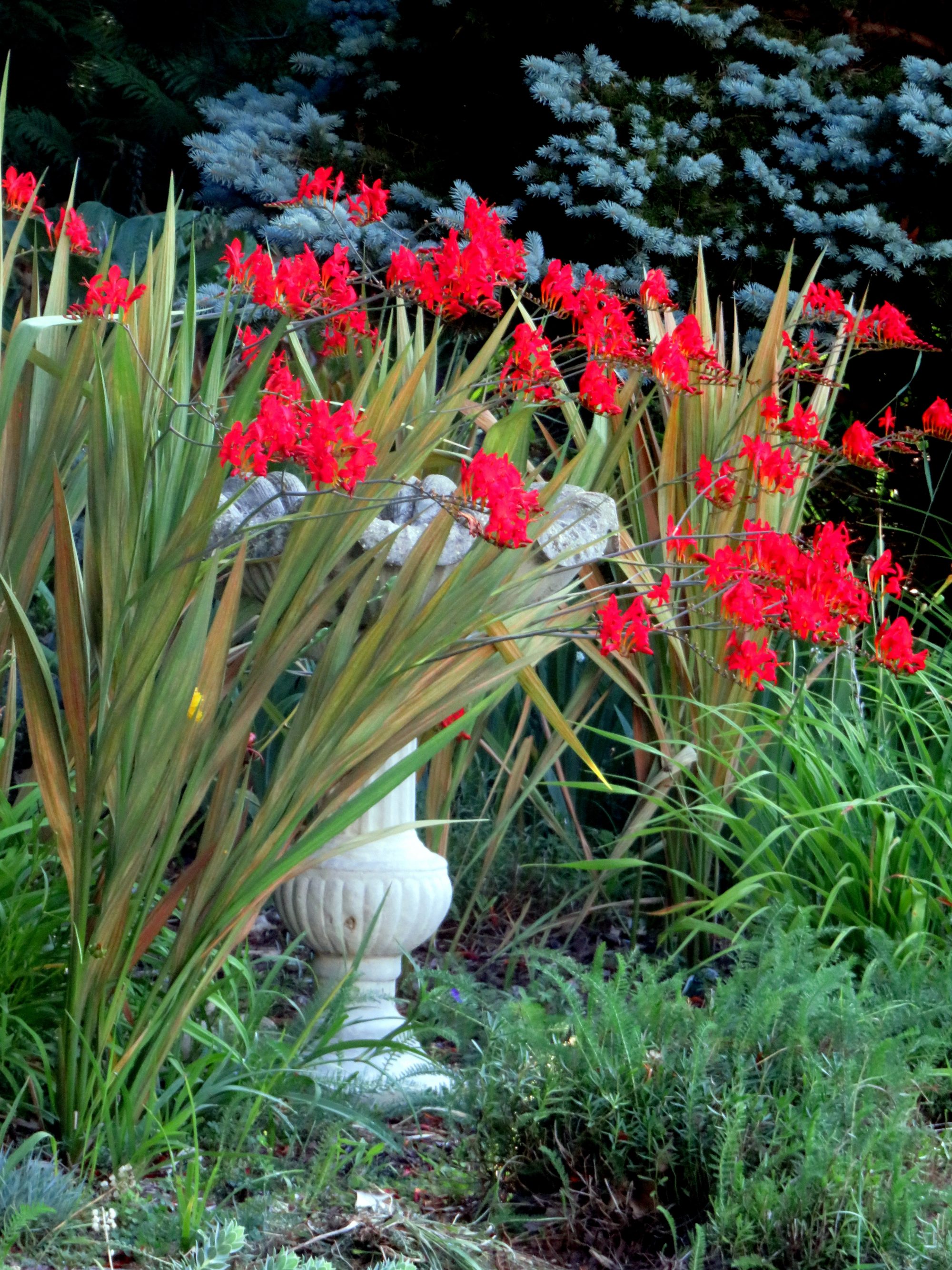
The occasional red-tipped leaf is a sign of days to come.
Our minds relax.
The solo walker will perhaps dream up plots for stories that may or may not be written or notice the way light hits a cluster of leaves, trying to determine how to capture that light in paint. Those traveling in the company of others will notice all about them as well, pointing out bunnies or birds, or simply share a morning conversation.
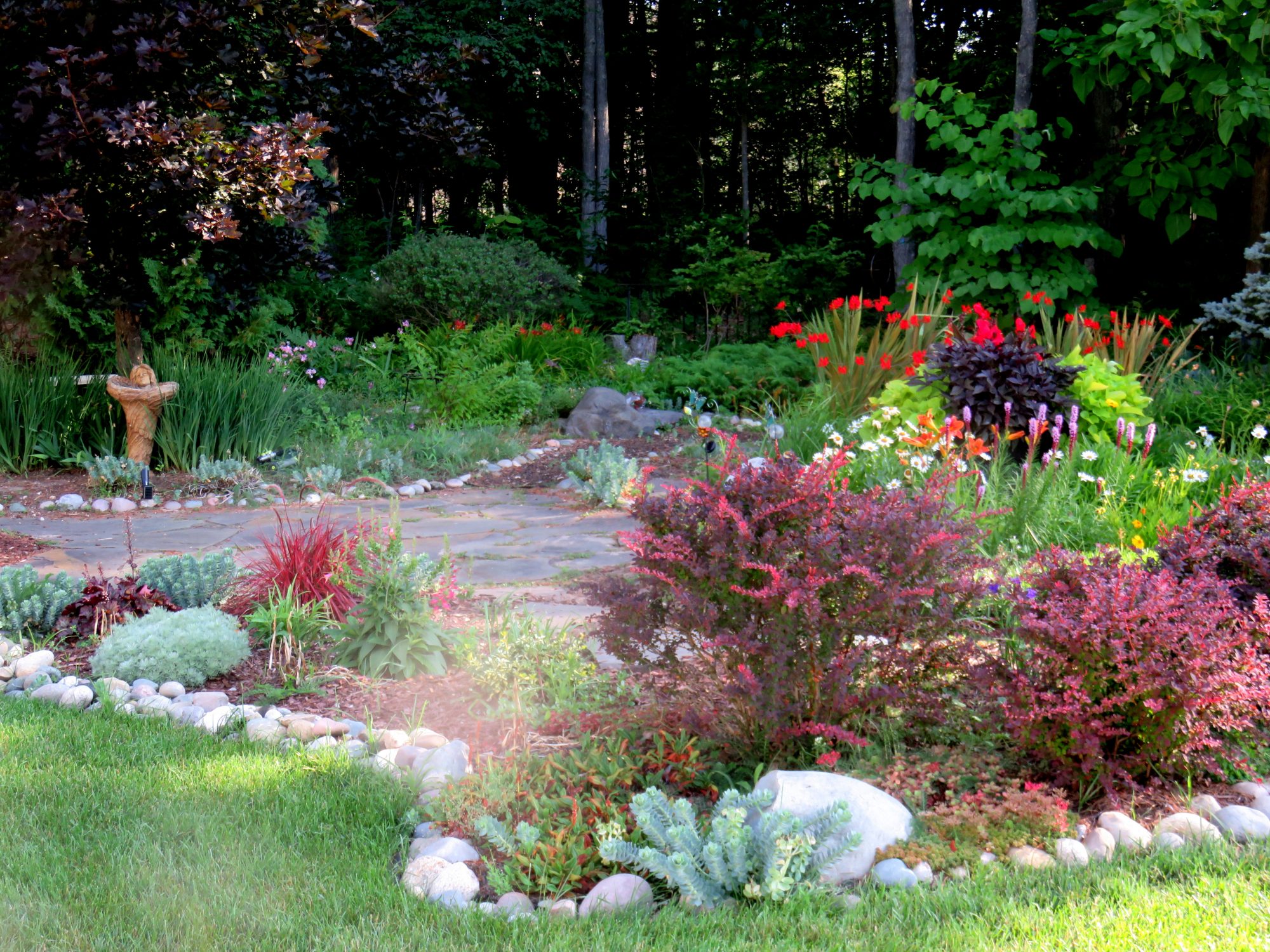
A car may go by, carrying its driver into town, perhaps for a day job, perhaps for groceries or a trip to a breakfast restaurant. They slow as they approach, giving the walkers plenty of room and all parties wave as they pass by. It’s part of the unwritten etiquette code.
And yes, there are different types of waves.
The open-handed royal wave, the windshield wiper wave and the wiggling finger wave. The two-handed steering wheel wave finds the driver wiggling the fingers on both hands as it holds the steering wheel at “ten” and “two,” the official drivers education position.
There is the open window arm-out wave and it’s not so pleasant cousin, the cigarette-out-the-open-window wave, leaving behind an after-fragrance of dubious quality.
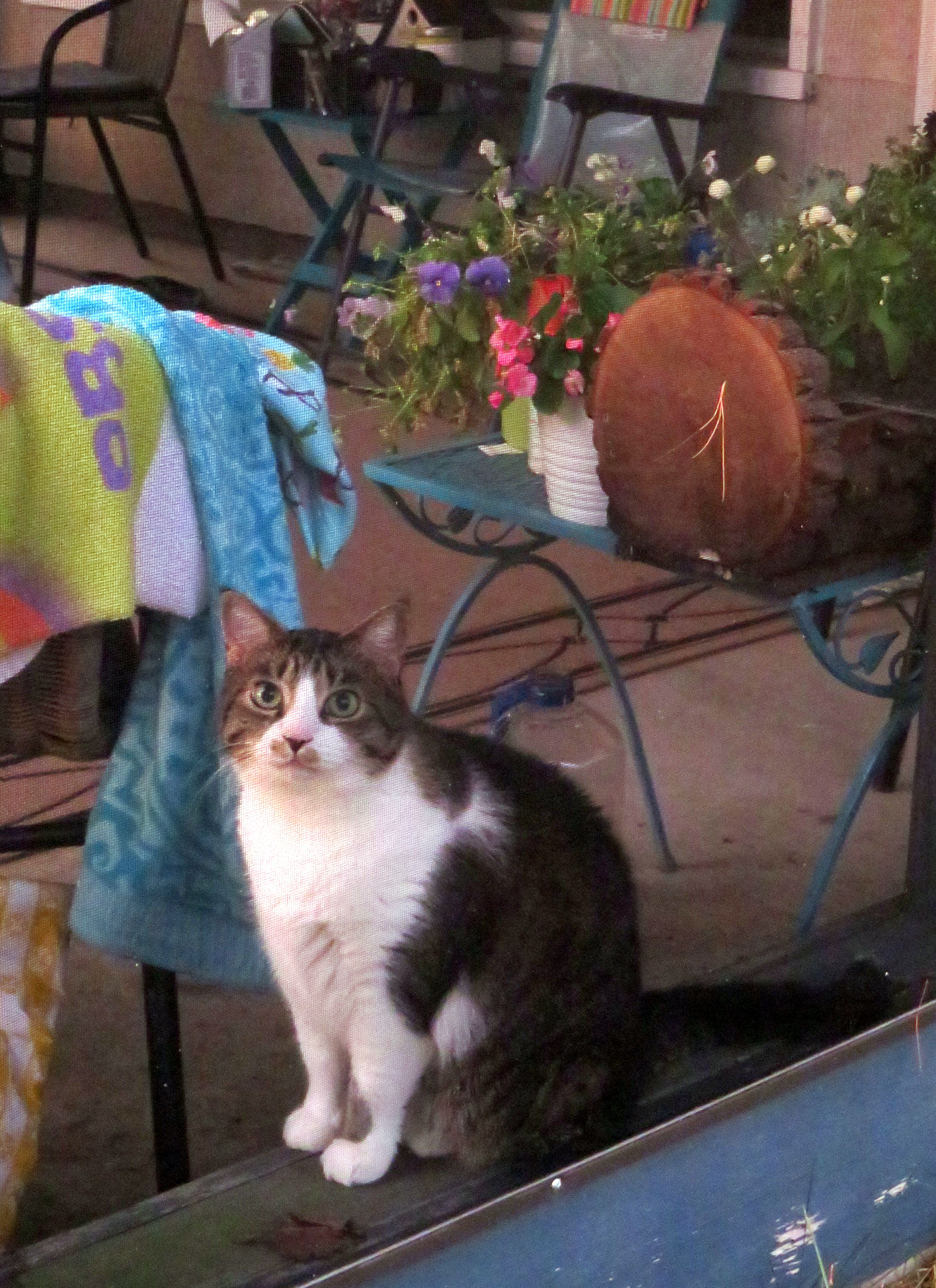
Back on the porch, the radio has moved from news to classical. The black-and-white cat sits on the cushion of a faux-wicker chair, alternating naps with a careful perusal of the beach as she awaits the passage of a bird or chipmunk.
Yesterday’s swimsuits and towels hang from nails on the porch beams, drying out for today’s swim. A potted sunflower sits on the table, herb gardens and small begonia pots seem to thrive.
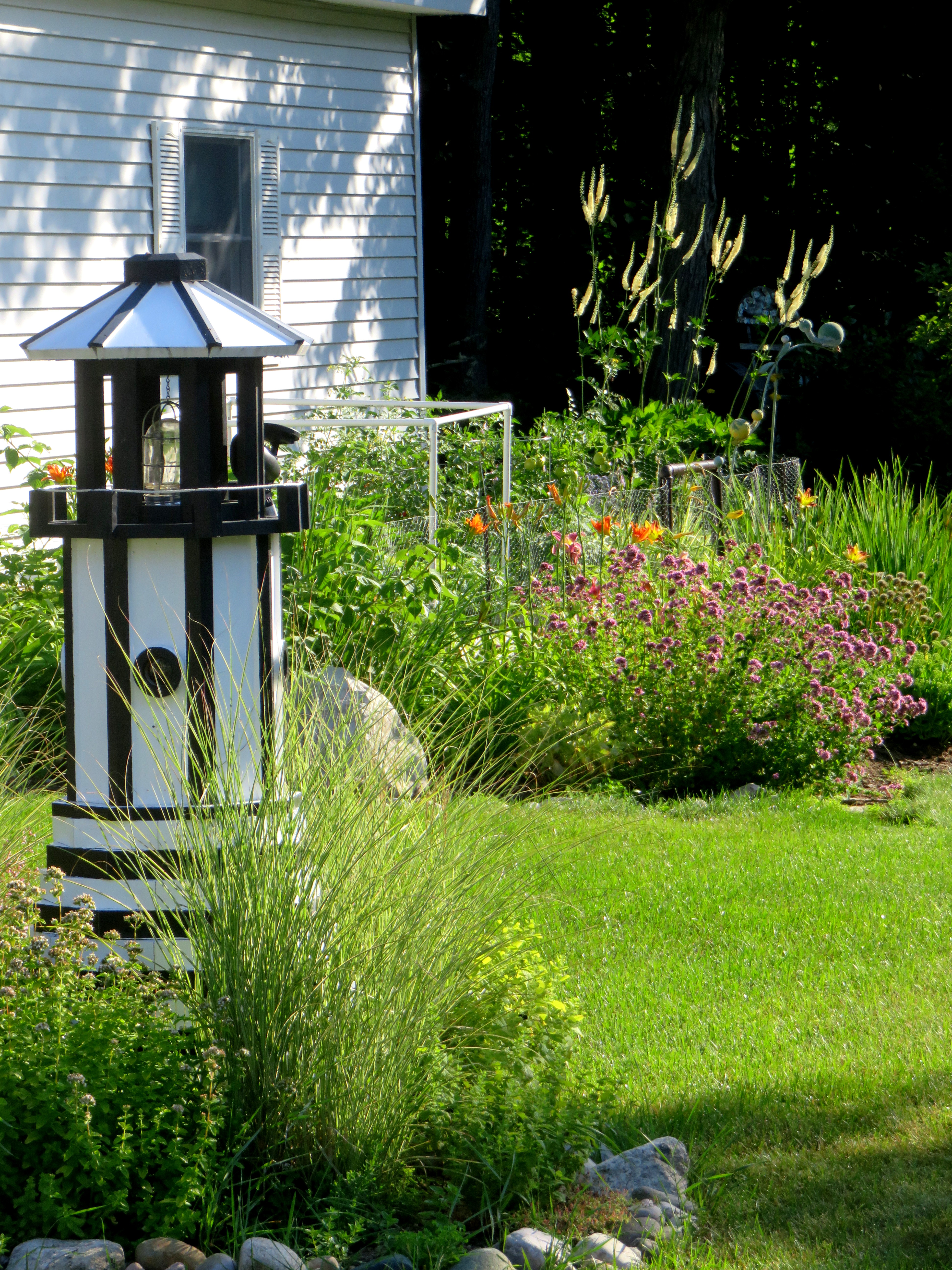
The lake is still clam, the white foam seemingly barely moving in the almost-non-existent current.
A long boat passes by and the fog, if one looks straight out, is moving gently to the north, like slow-moving smoke. Yes, it’s still there, that fog, but lifting now, the trees on the opposite side more visible than a half hour before.
In another hour the sun will break through the clouds and bring with it the warmth of another summer’s day.
There will be the sounds of more boats, a barking dog, perhaps the laughter of children or adults, enjoying the water.
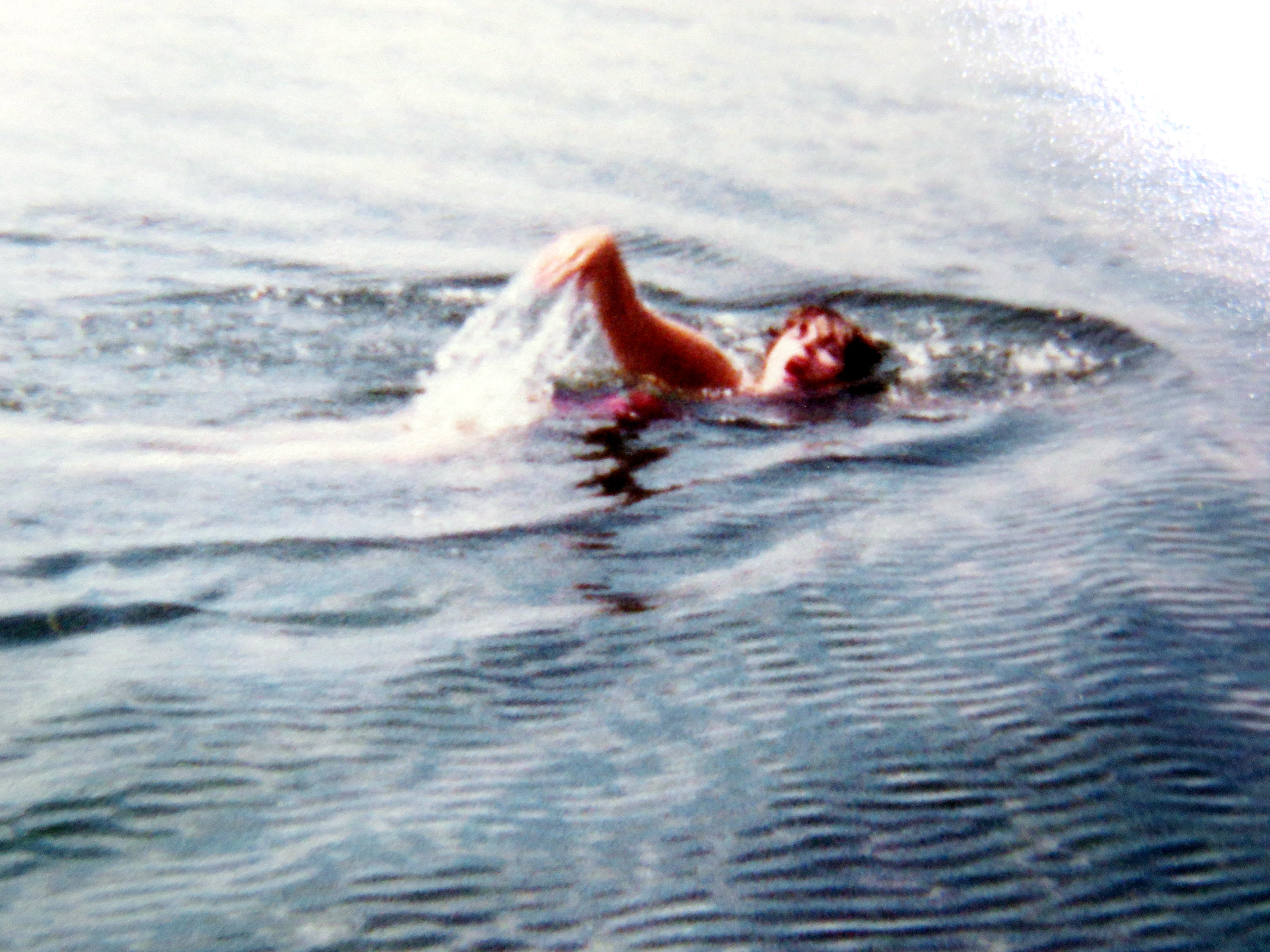
A lone swimmer will stroke in the deep water along the shoreline, from one buoy to another, counting strokes and attempting to do more than the day before. And more than one fisherman will slowly move their boats boat down the lake, hoping for “the big one” and more likely later telling stories of the one that got away.

And, in due course, the sun will sink slowly beyond the horizon, leaving streaks of orange, pink and gold on the surface of the lake.
The sky will move to inky blue, then black and stars will emerge, perhaps the moon. The lake will again be calm, the stillness after a day of play will set in as it does for us. Time for rest.
There will be tomorrow in our little heaven on earth. And we will treasure it as much as today.
About the Author: Jeanie Croope
 After a long career in public broadcasting, Jeanie Croope is now doing all the things she loves — art, photography, writing, cooking, reading wonderful books and discovering a multitude of new creative passions. You can find her blogging about life and all the things she loves at The Marmelade Gypsy.
After a long career in public broadcasting, Jeanie Croope is now doing all the things she loves — art, photography, writing, cooking, reading wonderful books and discovering a multitude of new creative passions. You can find her blogging about life and all the things she loves at The Marmelade Gypsy.

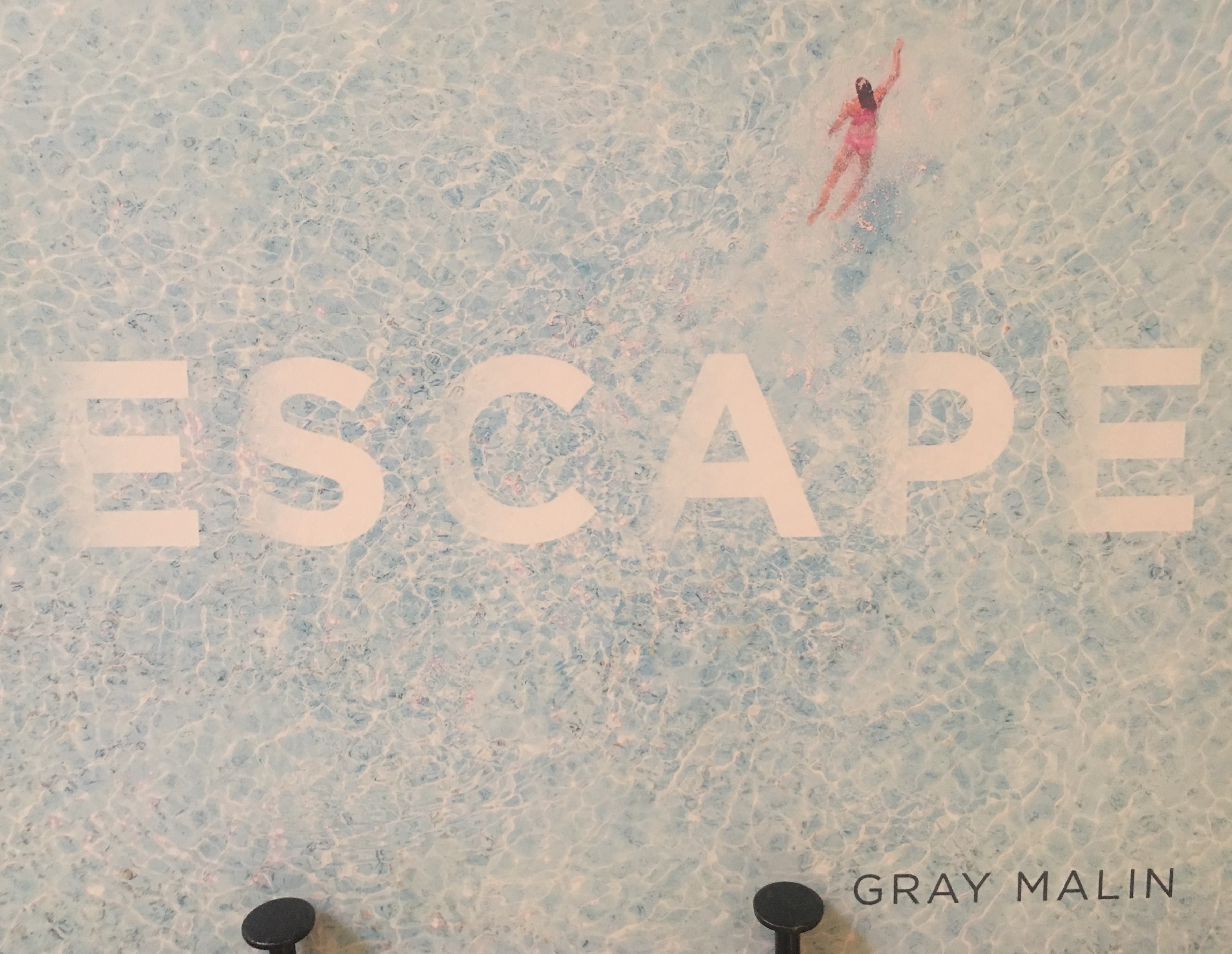
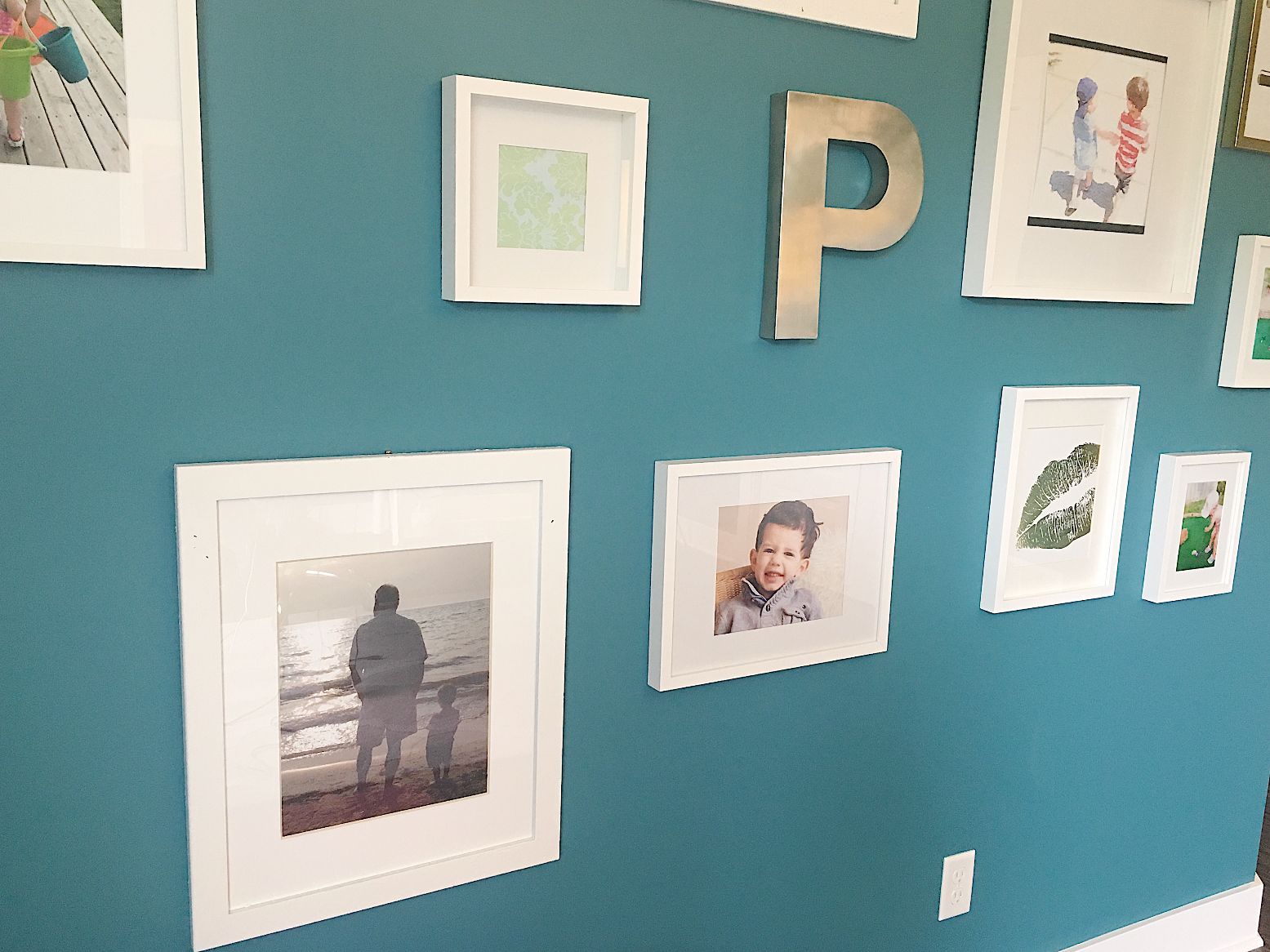
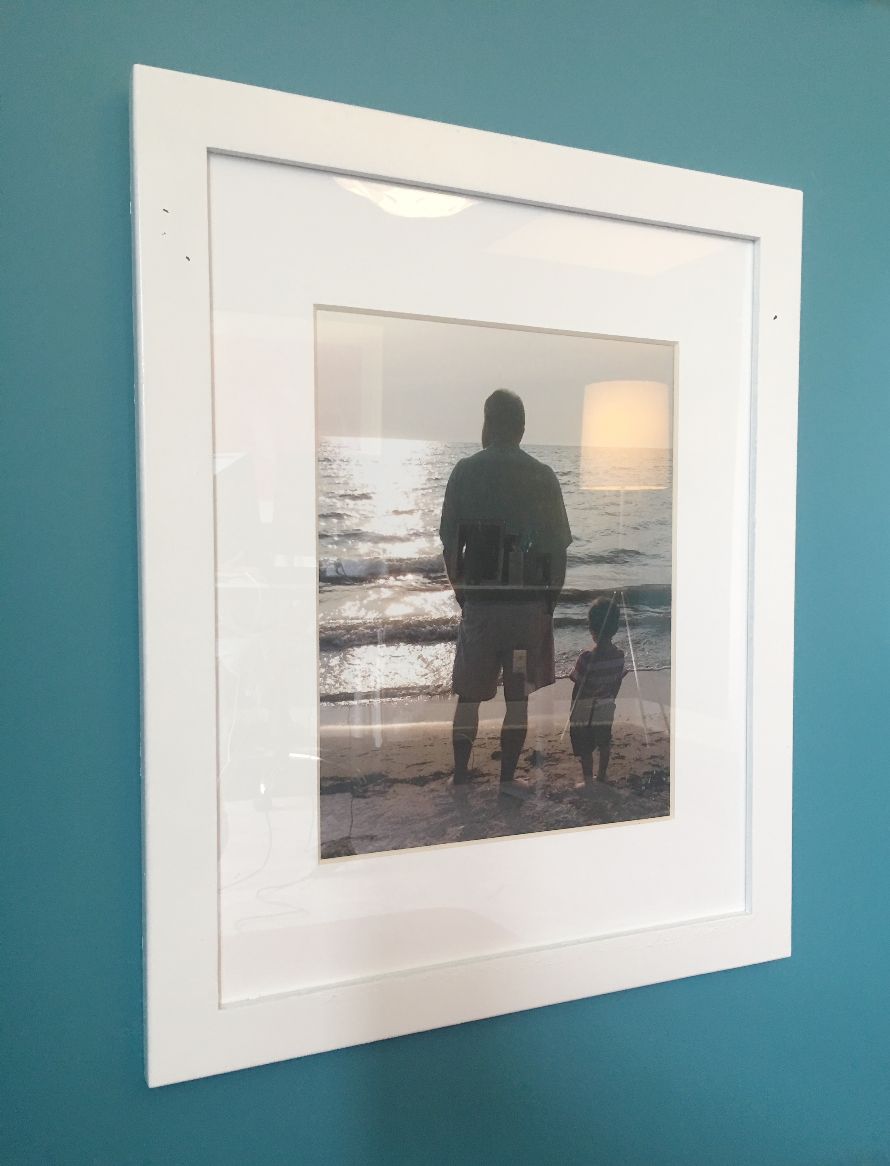

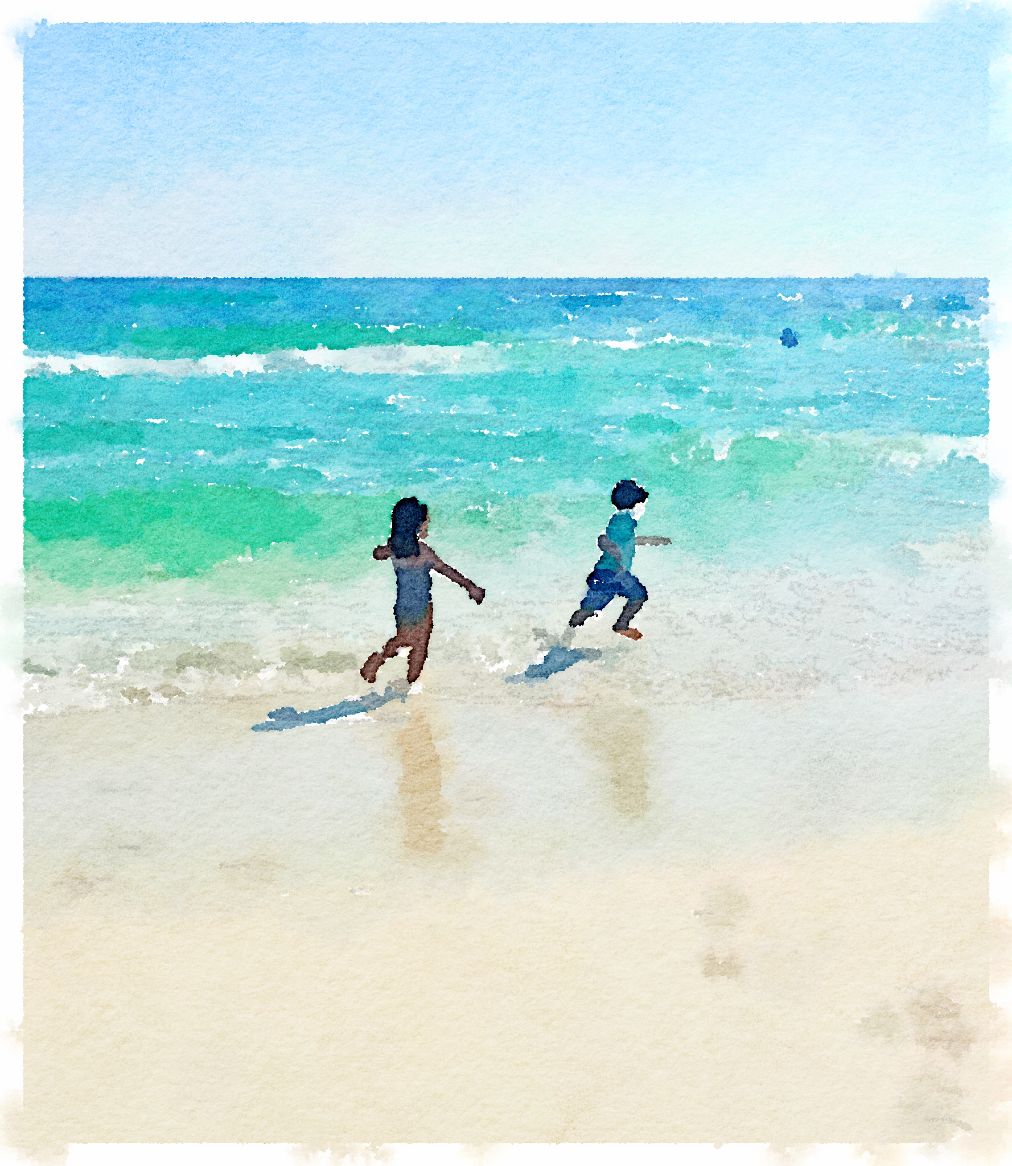

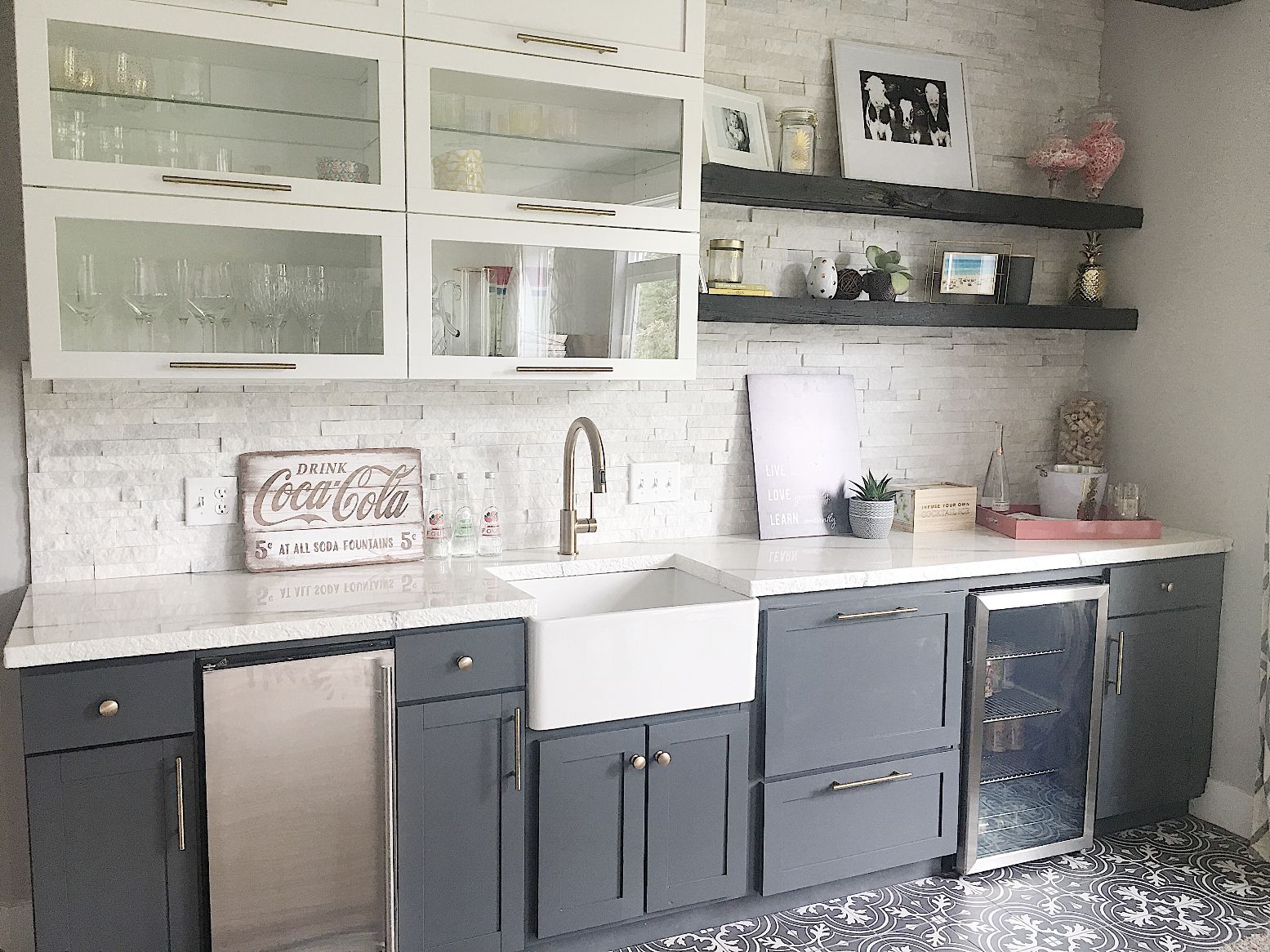

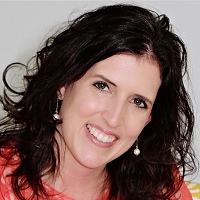 Laura is a home decor blogger, marketing professional, mother of 2, living in Michigan. Laura has a passion for design that she uses to transform her home into a comfortable, livable, beautiful space for her family. Her design motto is that you don’t have to be a designer to have good design in your home. She believes that everyone deserves to be in a space that they love, whatever that means to you.
Laura is a home decor blogger, marketing professional, mother of 2, living in Michigan. Laura has a passion for design that she uses to transform her home into a comfortable, livable, beautiful space for her family. Her design motto is that you don’t have to be a designer to have good design in your home. She believes that everyone deserves to be in a space that they love, whatever that means to you.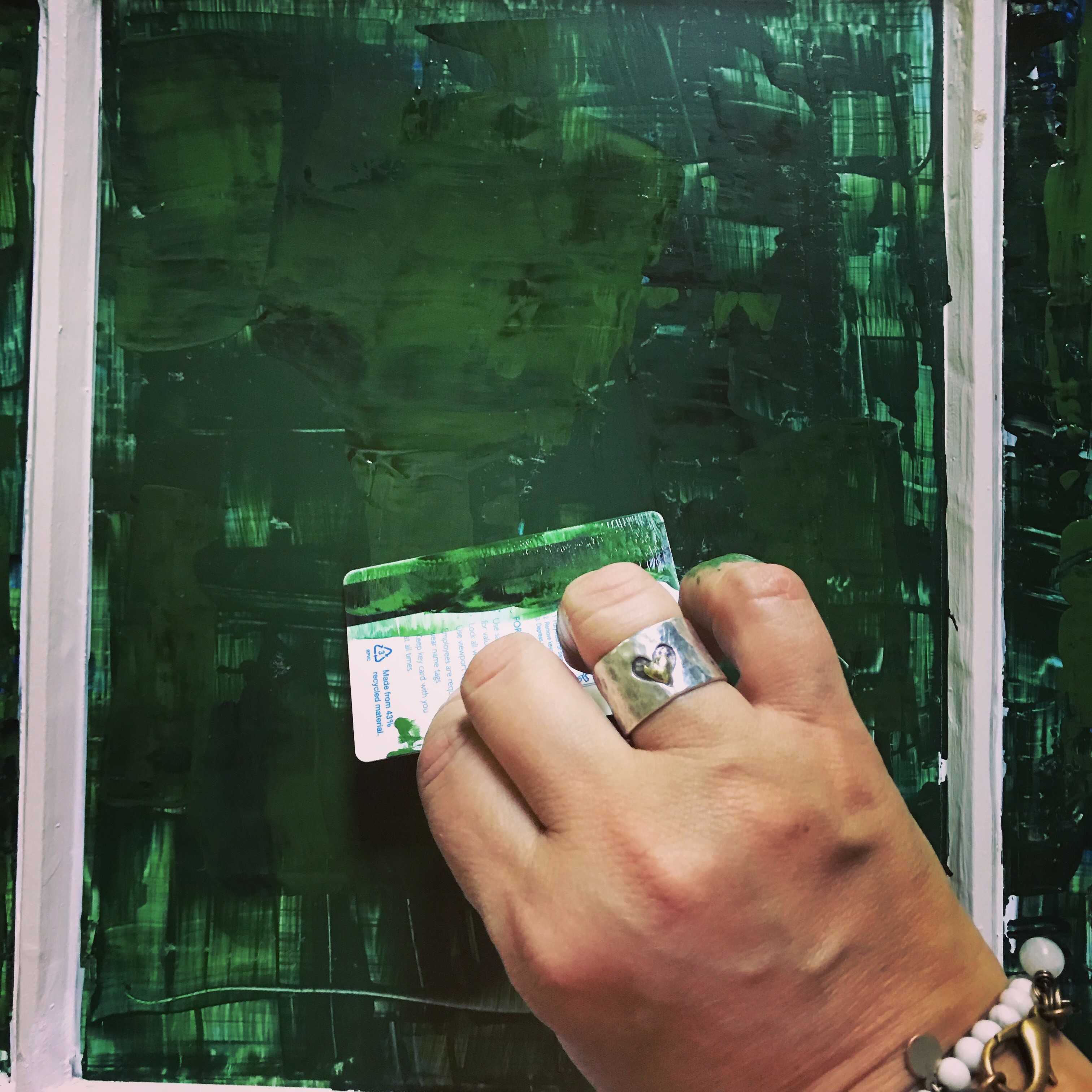
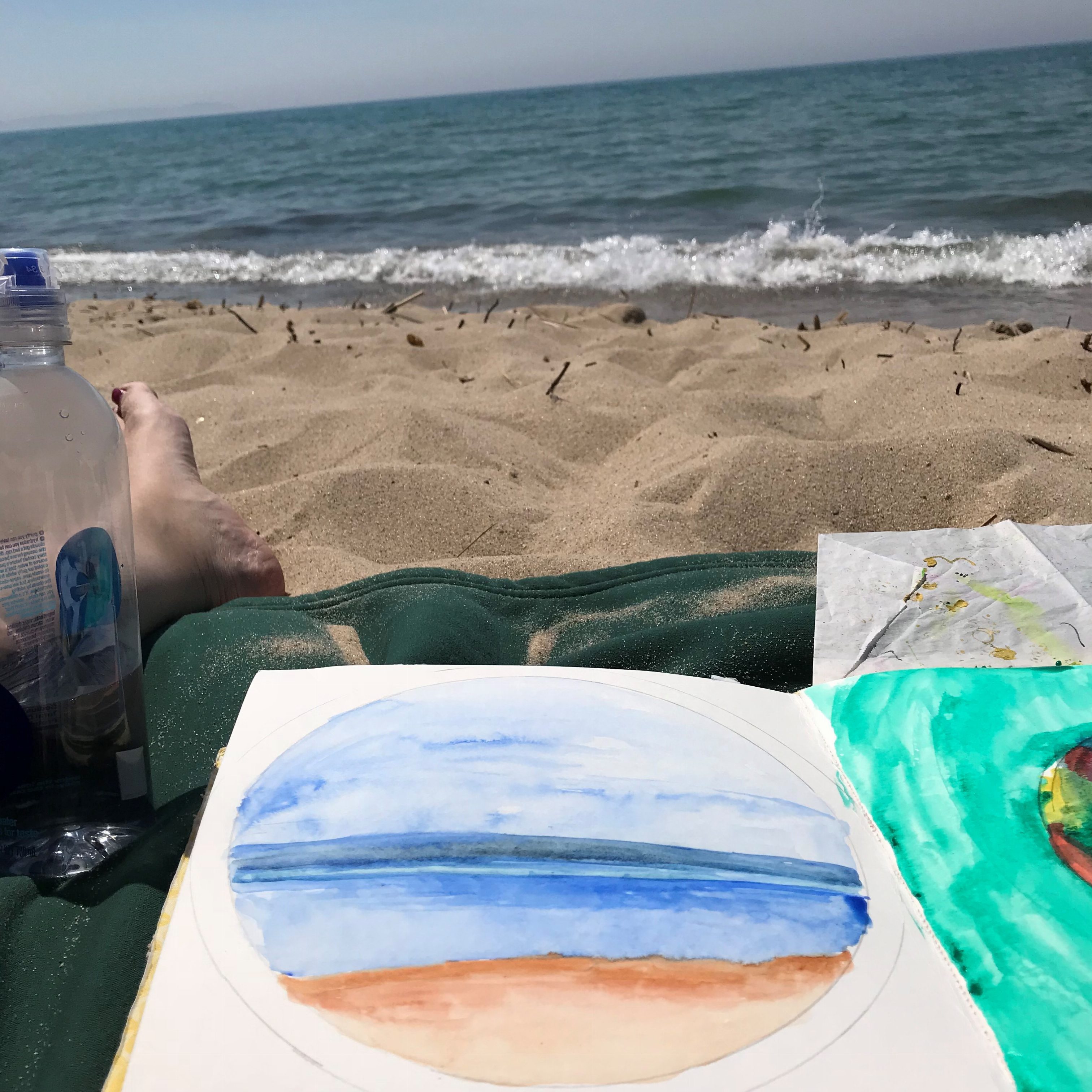 describing the journeys we take with most matters of the heart. “Riding the waves” is a saying that aptly describes the ways in which I am required to navigate the ebb and flow as I work to cultivate and sustain a creative life.
describing the journeys we take with most matters of the heart. “Riding the waves” is a saying that aptly describes the ways in which I am required to navigate the ebb and flow as I work to cultivate and sustain a creative life.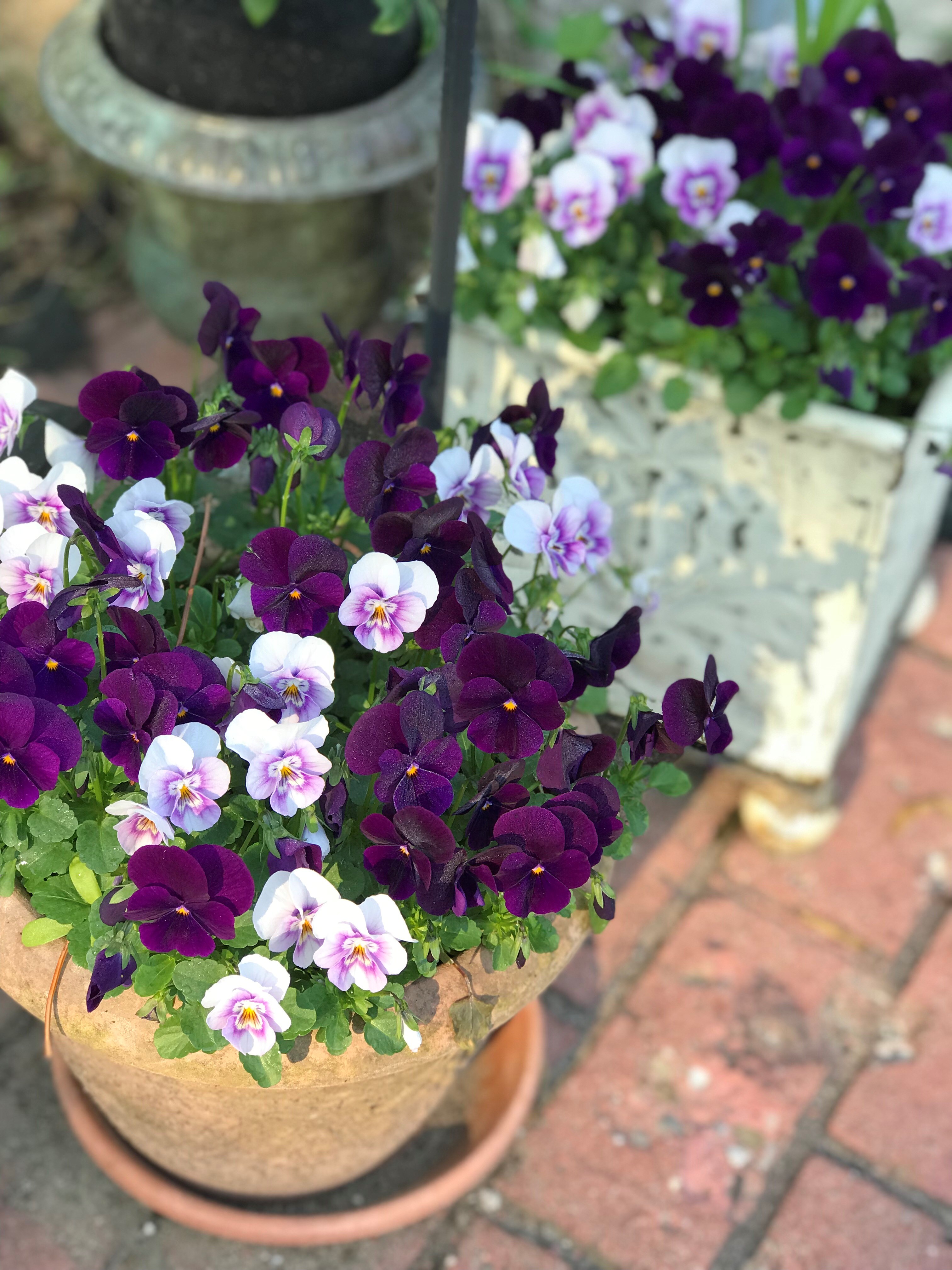
 Anna Oginsky is the founder of Heart Connected, LLC, a small Michigan-based workshop and retreat business that creates opportunities for guests to tune in to their hearts and connect with the truth, wisdom, and power held there. Her work is inspired by connections made between spirituality, creativity, and community. Anna’s first book, My New Friend, Grief, came as a result of years of learning to tune in to her own heart after the sudden loss of her father. In addition to writing, Anna uses healing tools like yoga, meditation, and making art in her offerings and in her own personal practice. She lives in Brighton, Michigan with her husband, their three children, and Johnny, the big yellow dog. Connect with her on her
Anna Oginsky is the founder of Heart Connected, LLC, a small Michigan-based workshop and retreat business that creates opportunities for guests to tune in to their hearts and connect with the truth, wisdom, and power held there. Her work is inspired by connections made between spirituality, creativity, and community. Anna’s first book, My New Friend, Grief, came as a result of years of learning to tune in to her own heart after the sudden loss of her father. In addition to writing, Anna uses healing tools like yoga, meditation, and making art in her offerings and in her own personal practice. She lives in Brighton, Michigan with her husband, their three children, and Johnny, the big yellow dog. Connect with her on her 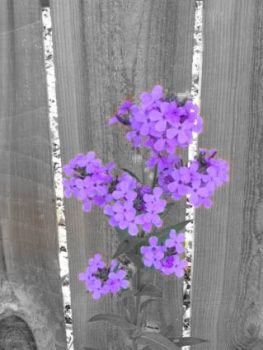

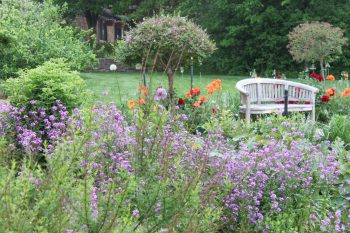
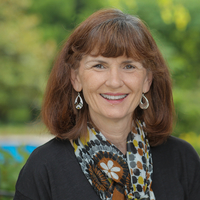 Molly Totoro is a Connecticut Yankee currently residing in the Midwest with her husband and trusty basset. While Molly retired from full-time teaching in 2014 to pursue her writing dreams, she continues to work with students to achieve their writing potential. Molly recently published her first book,
Molly Totoro is a Connecticut Yankee currently residing in the Midwest with her husband and trusty basset. While Molly retired from full-time teaching in 2014 to pursue her writing dreams, she continues to work with students to achieve their writing potential. Molly recently published her first book, 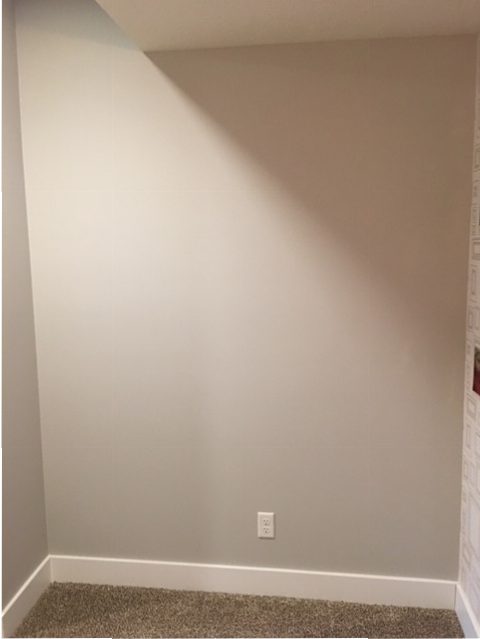 process, and eventually you are going to have a feeling of anxiety. On the other hand, if you walk into a well-organized space, that has function and is aesthetically pleasing, you may get a feeling of calm or a sense of happy. I feel both of these feelings when I walk into my kids playroom, depending on the state of chaos in the room at the time. Either a feeling of anxiety if there are toys all over the floor, or a feeling of calm if it’s clean and organized. Using design to change up the function or look of a space can also help to evoke the feeling that you want for a space.
process, and eventually you are going to have a feeling of anxiety. On the other hand, if you walk into a well-organized space, that has function and is aesthetically pleasing, you may get a feeling of calm or a sense of happy. I feel both of these feelings when I walk into my kids playroom, depending on the state of chaos in the room at the time. Either a feeling of anxiety if there are toys all over the floor, or a feeling of calm if it’s clean and organized. Using design to change up the function or look of a space can also help to evoke the feeling that you want for a space.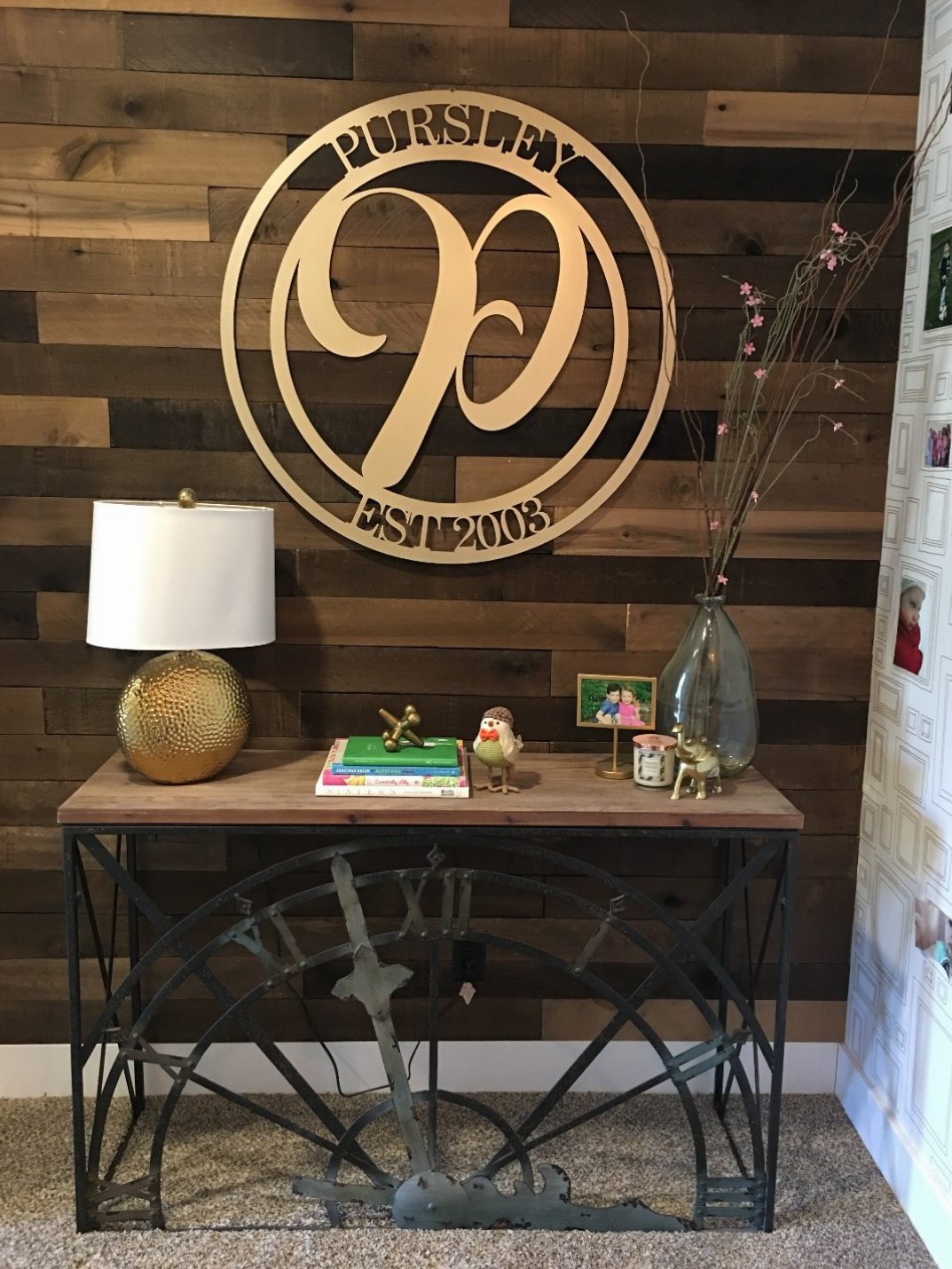
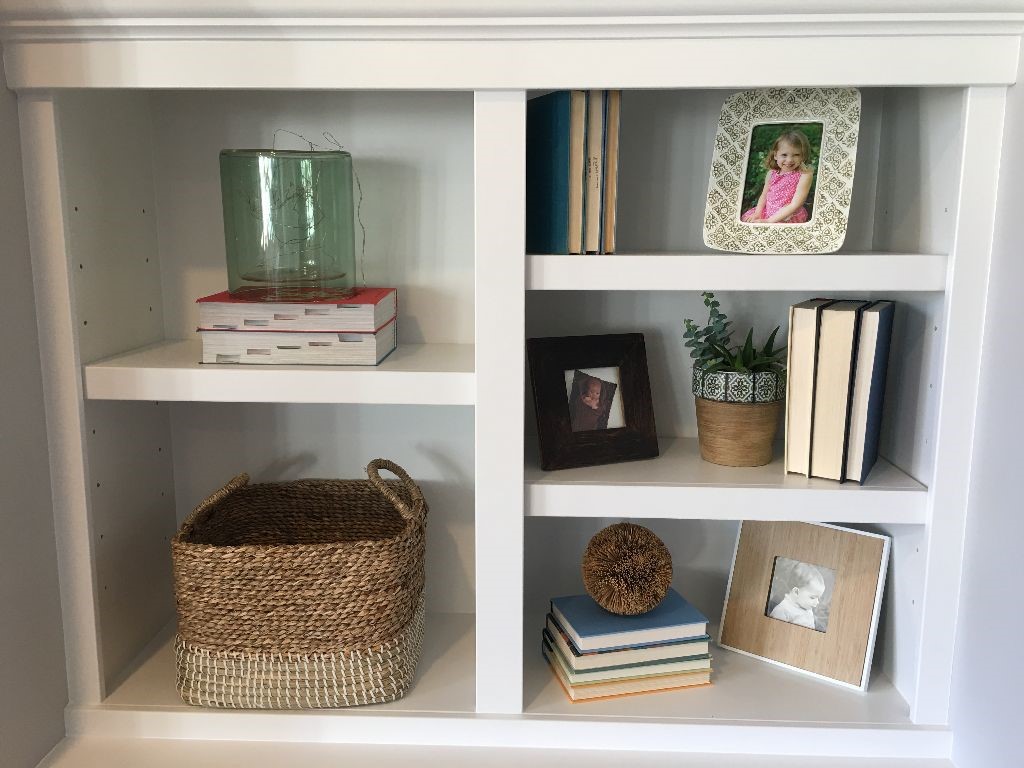
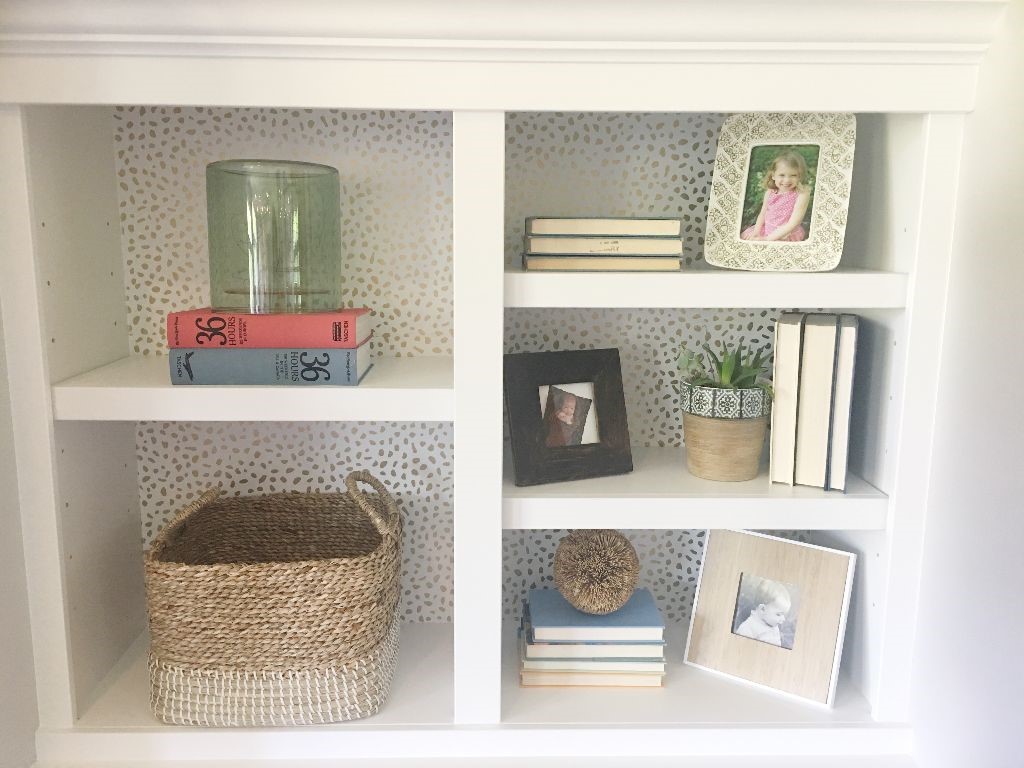
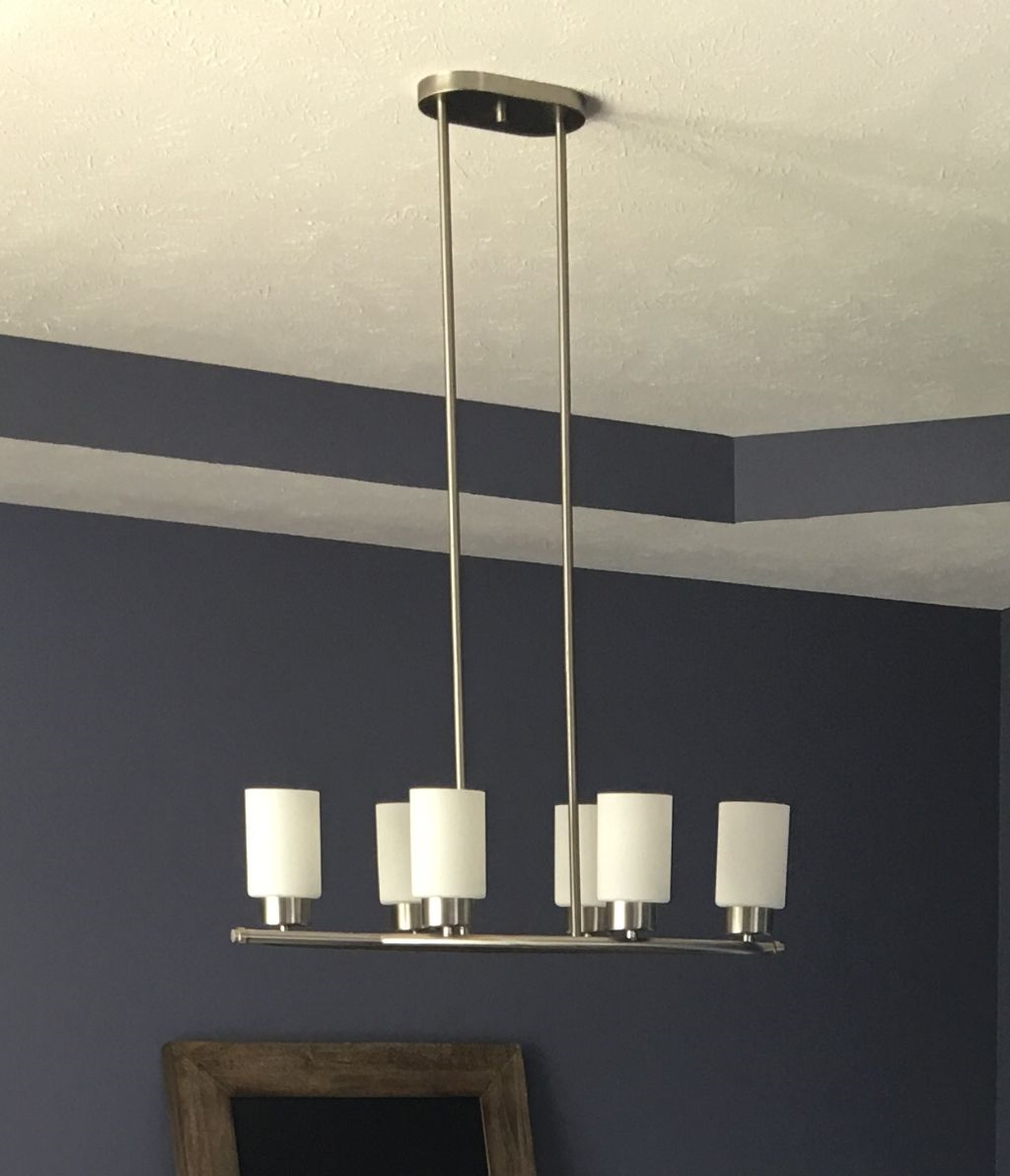
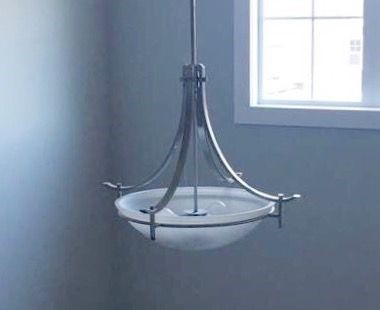
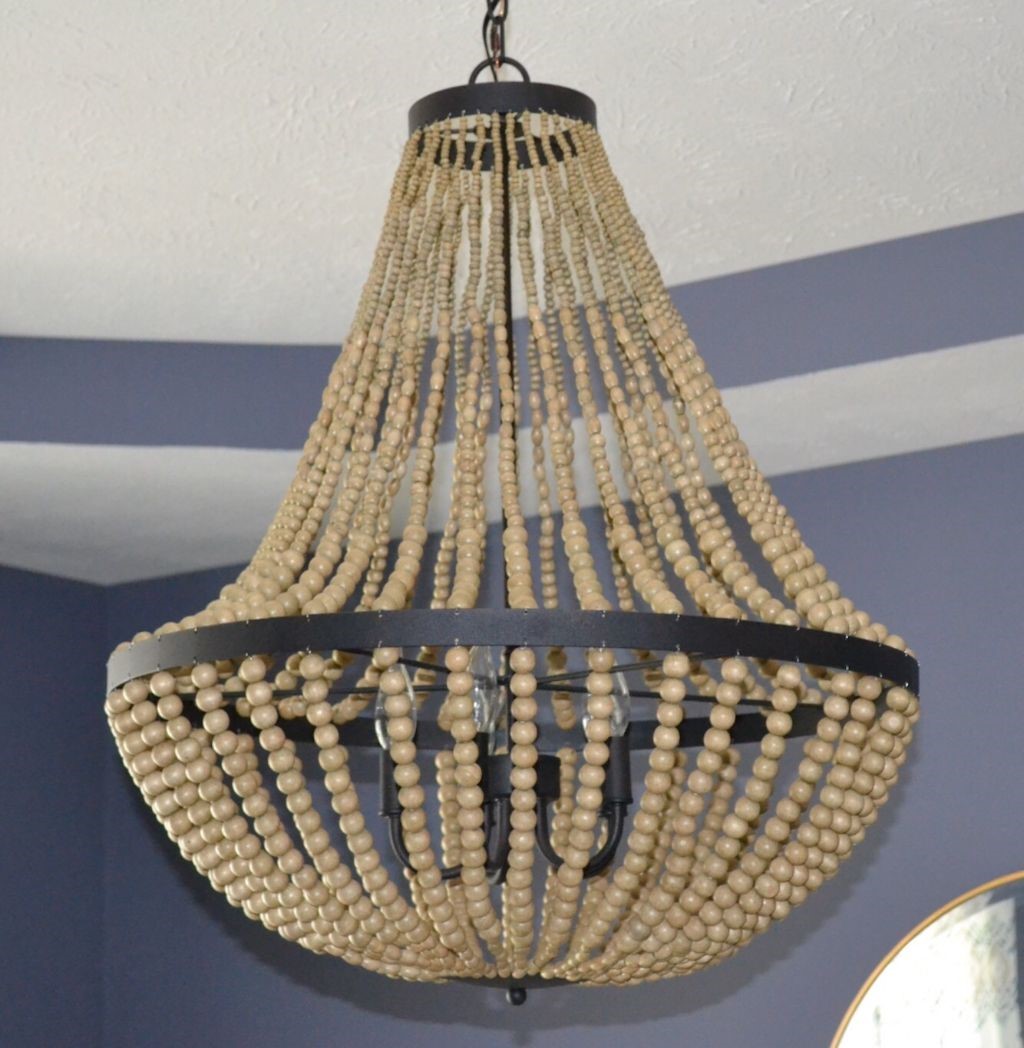
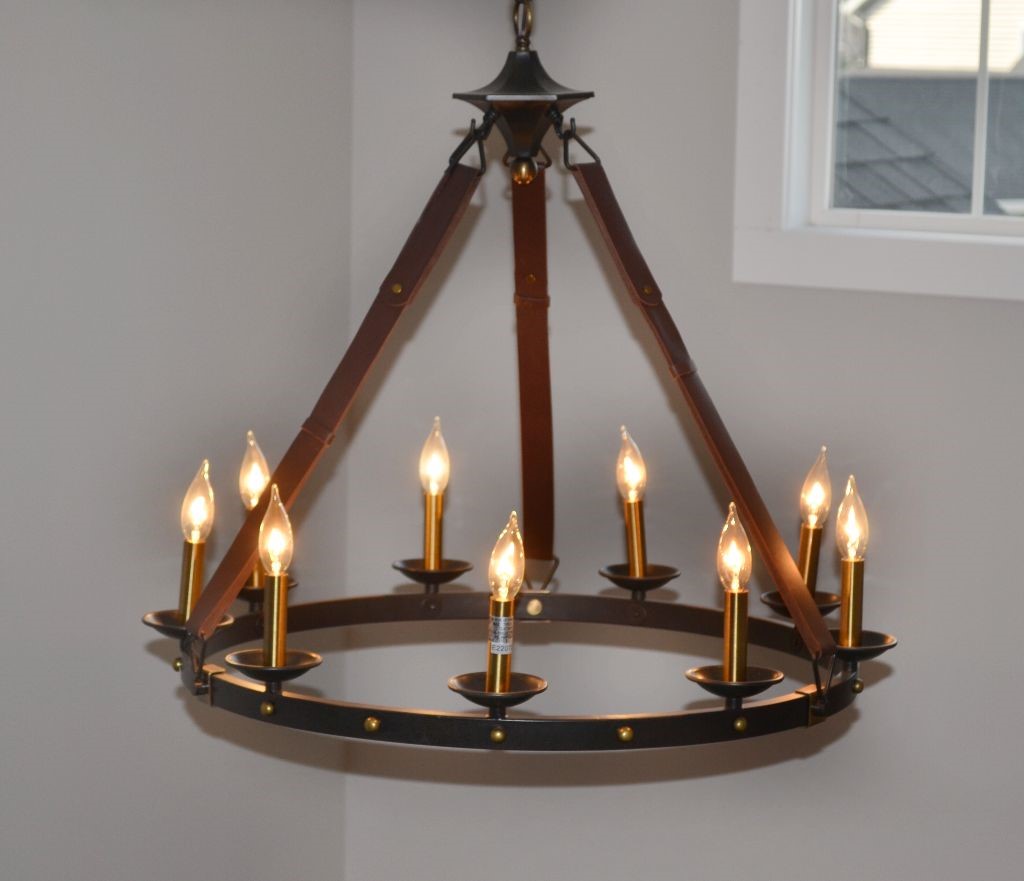
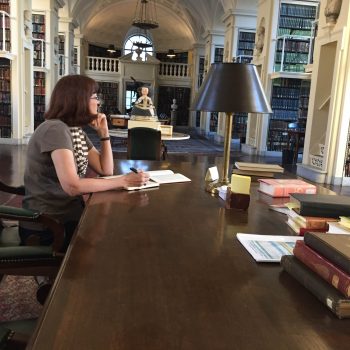
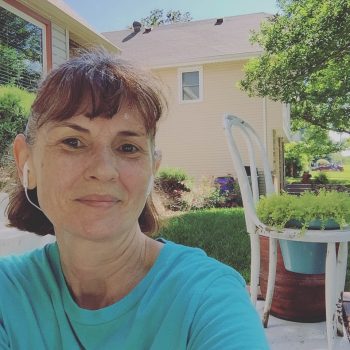
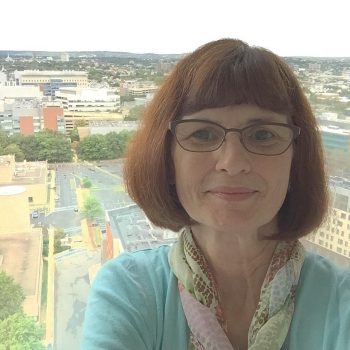
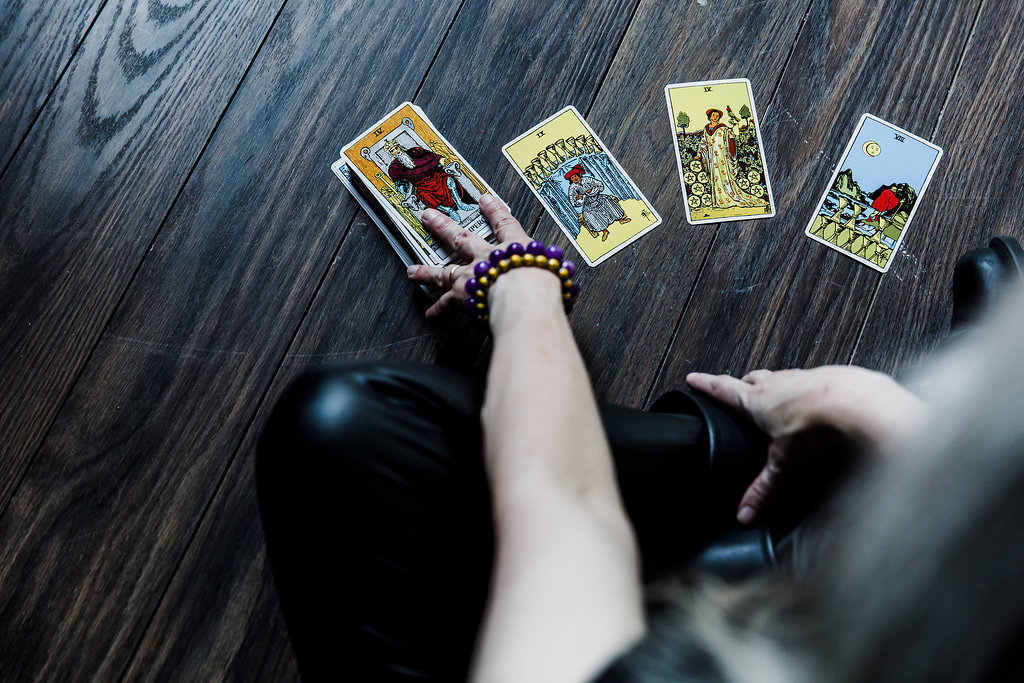
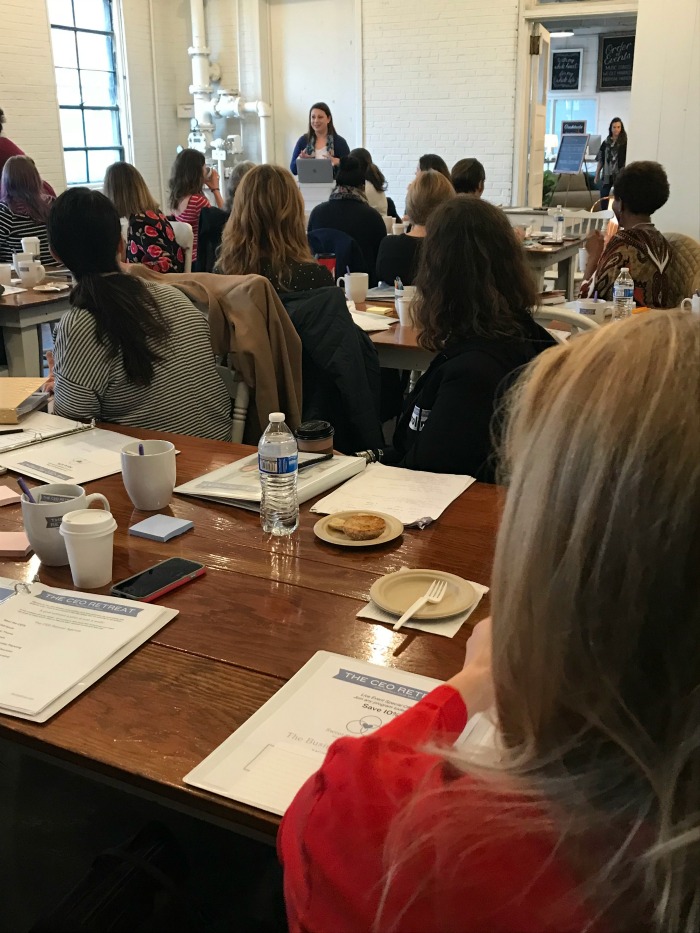 busy season. That being said, the stars were aligned (yes, I always check what’s happening in the cosmos before making a business decision) so off I went.
busy season. That being said, the stars were aligned (yes, I always check what’s happening in the cosmos before making a business decision) so off I went.
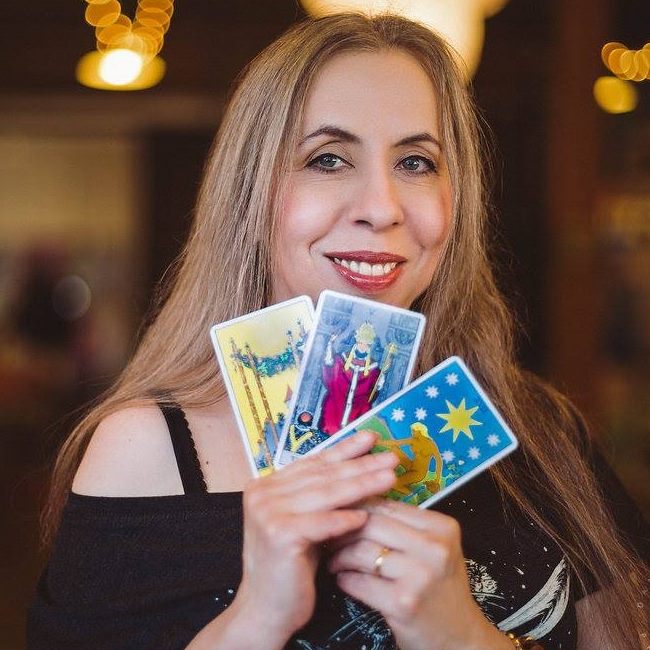 Theresa Reed (aka “The Tarot Lady”) is a full time professional tarot reader. She’s also the author of
Theresa Reed (aka “The Tarot Lady”) is a full time professional tarot reader. She’s also the author of 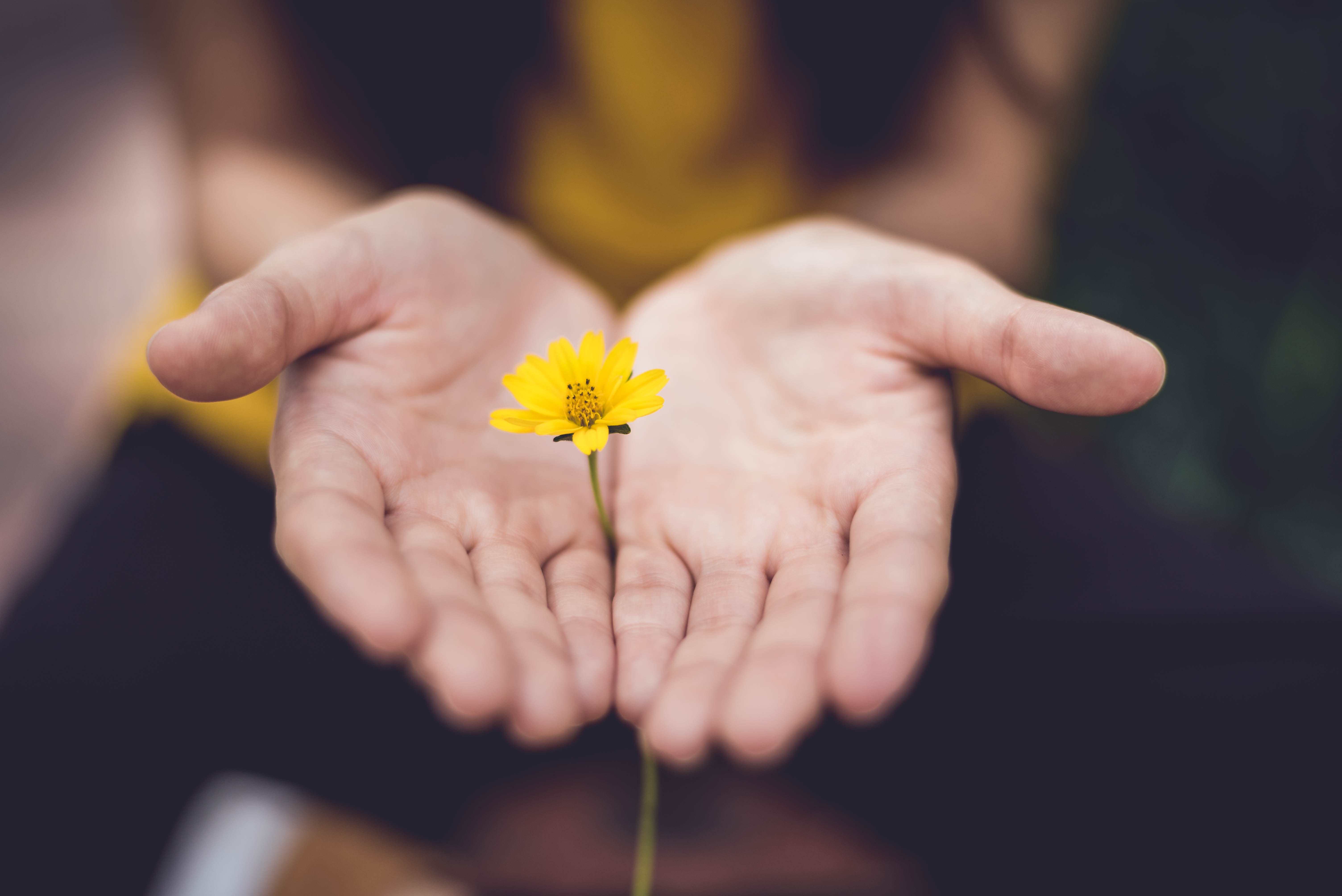
 Dona Murphy is the owner of
Dona Murphy is the owner of 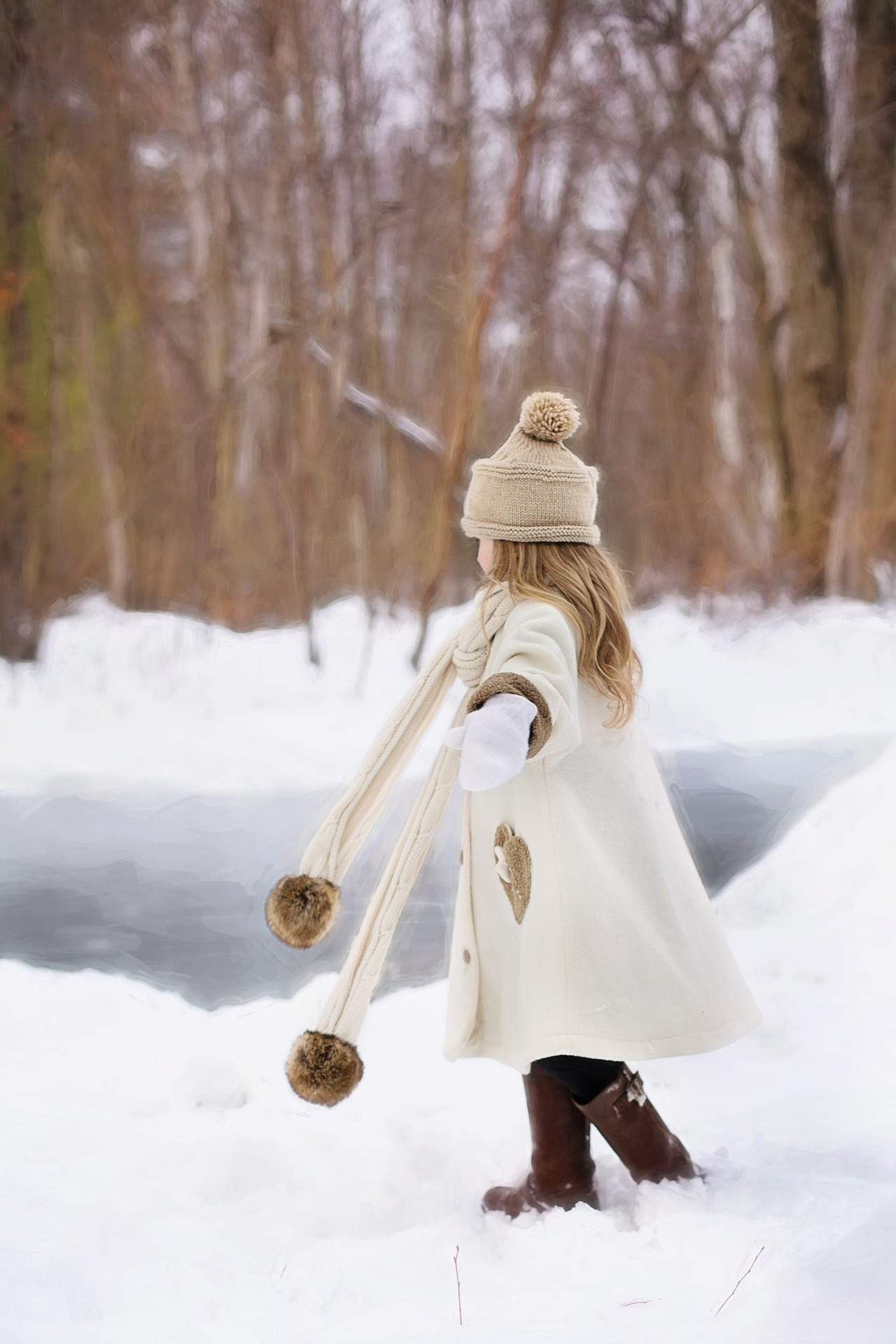
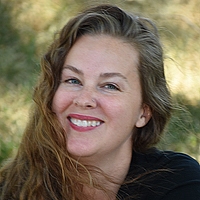 Keva Bartnick is an artist, writer, and lightworker. Happily married mother of three; she’s been inspiring people to be their most courageous selves since 2015.
Keva Bartnick is an artist, writer, and lightworker. Happily married mother of three; she’s been inspiring people to be their most courageous selves since 2015.
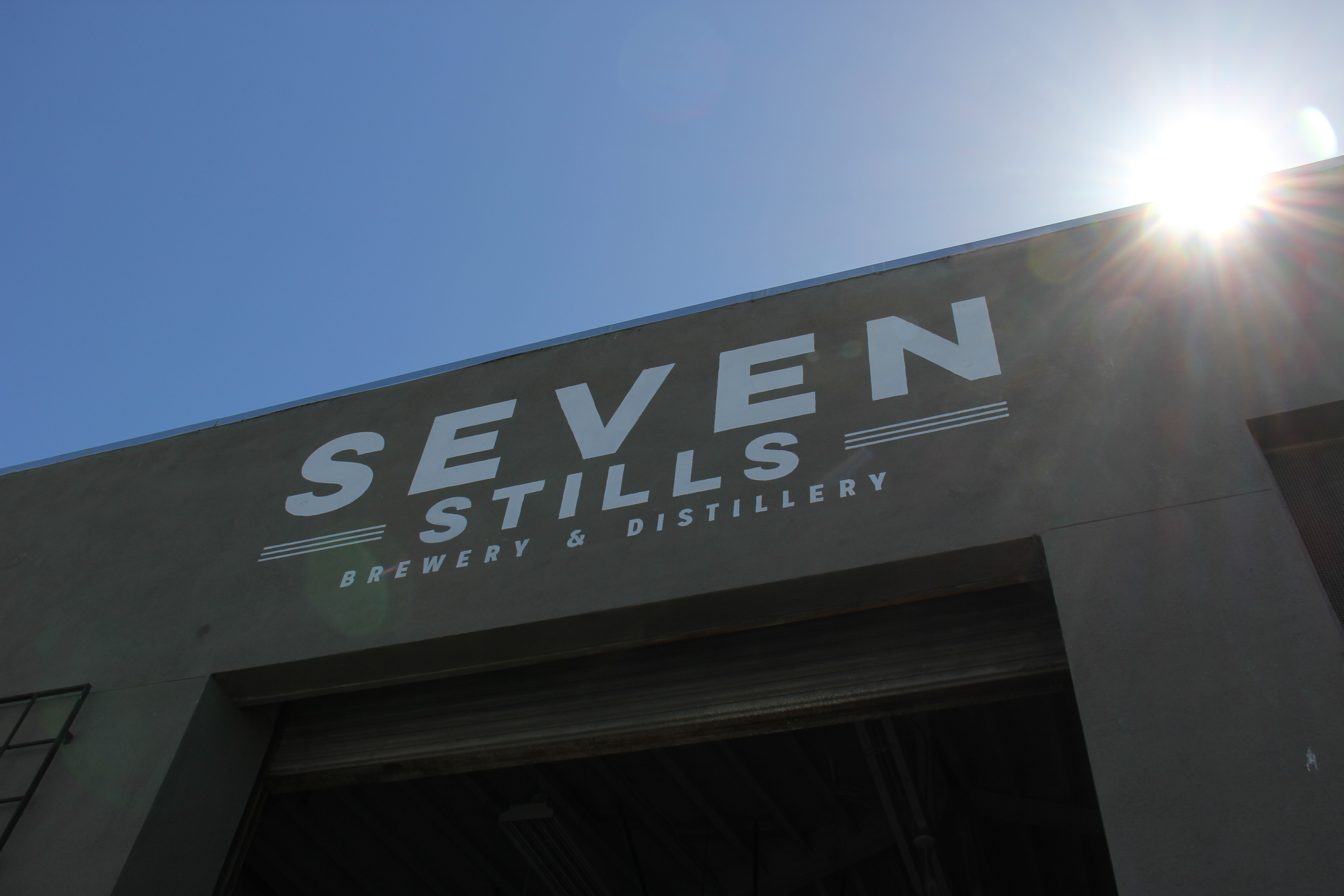 Seven Stills Brewery & Distillery, Bayview, San Francisco, CA
Seven Stills Brewery & Distillery, Bayview, San Francisco, CA Beer making equipment.
Beer making equipment.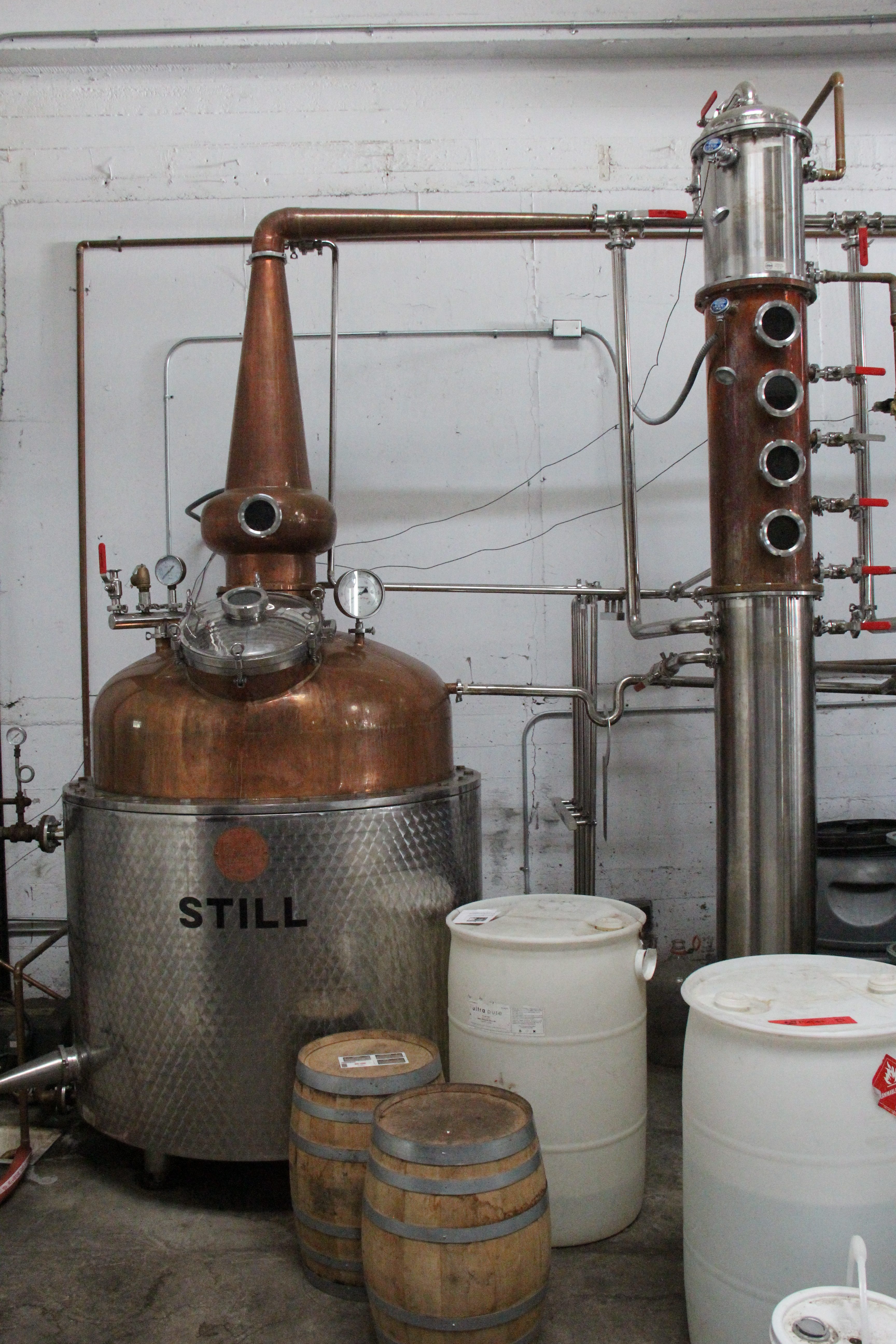 The still where dreams are made.
The still where dreams are made. Liquid Amber
Liquid Amber A flight.
A flight.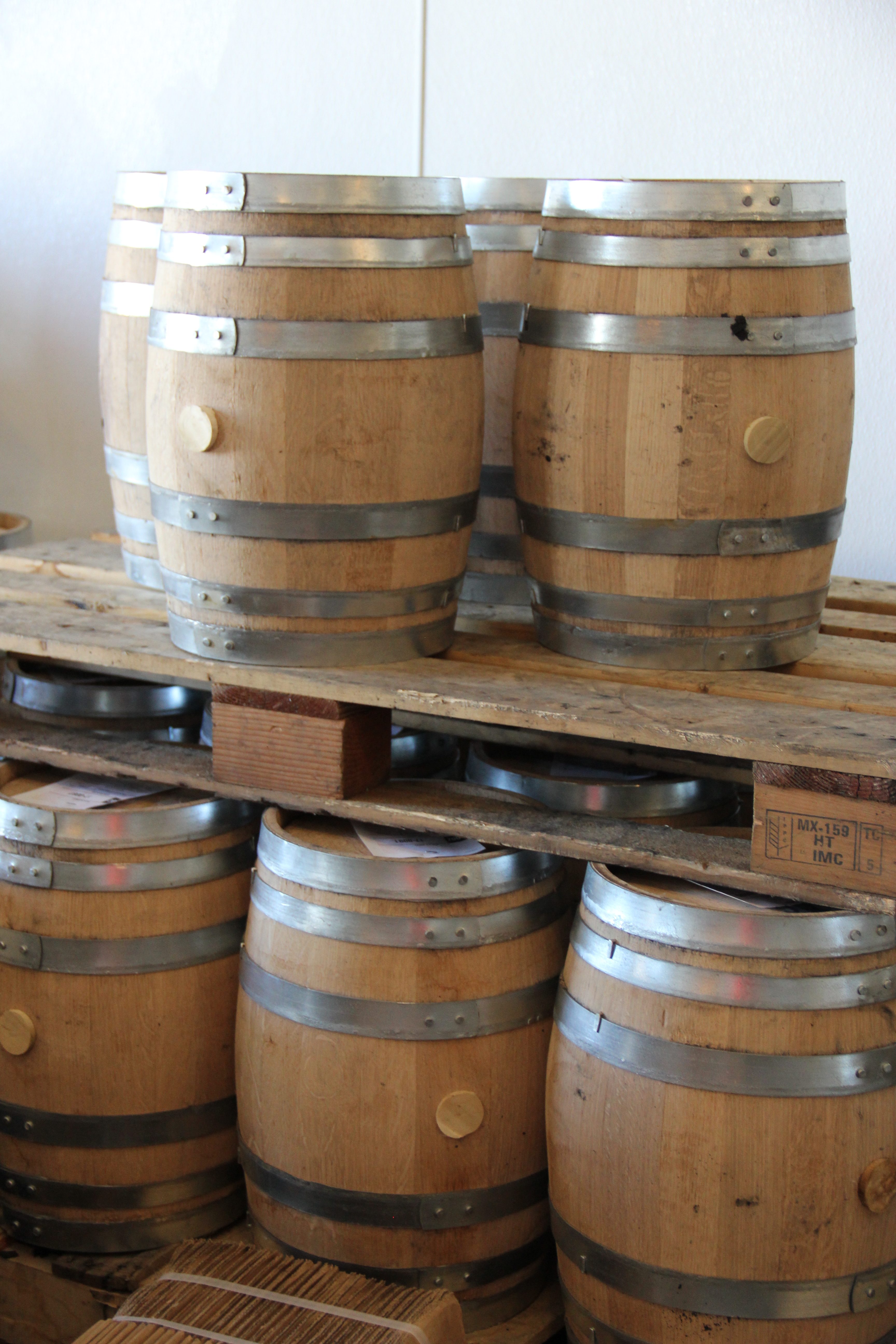 Whiskey, aging in barrels.
Whiskey, aging in barrels. Barrels provide whiskey its color, and some of its sweetness.
Barrels provide whiskey its color, and some of its sweetness. There are moments when the sunlight hits the bottles just right…
There are moments when the sunlight hits the bottles just right…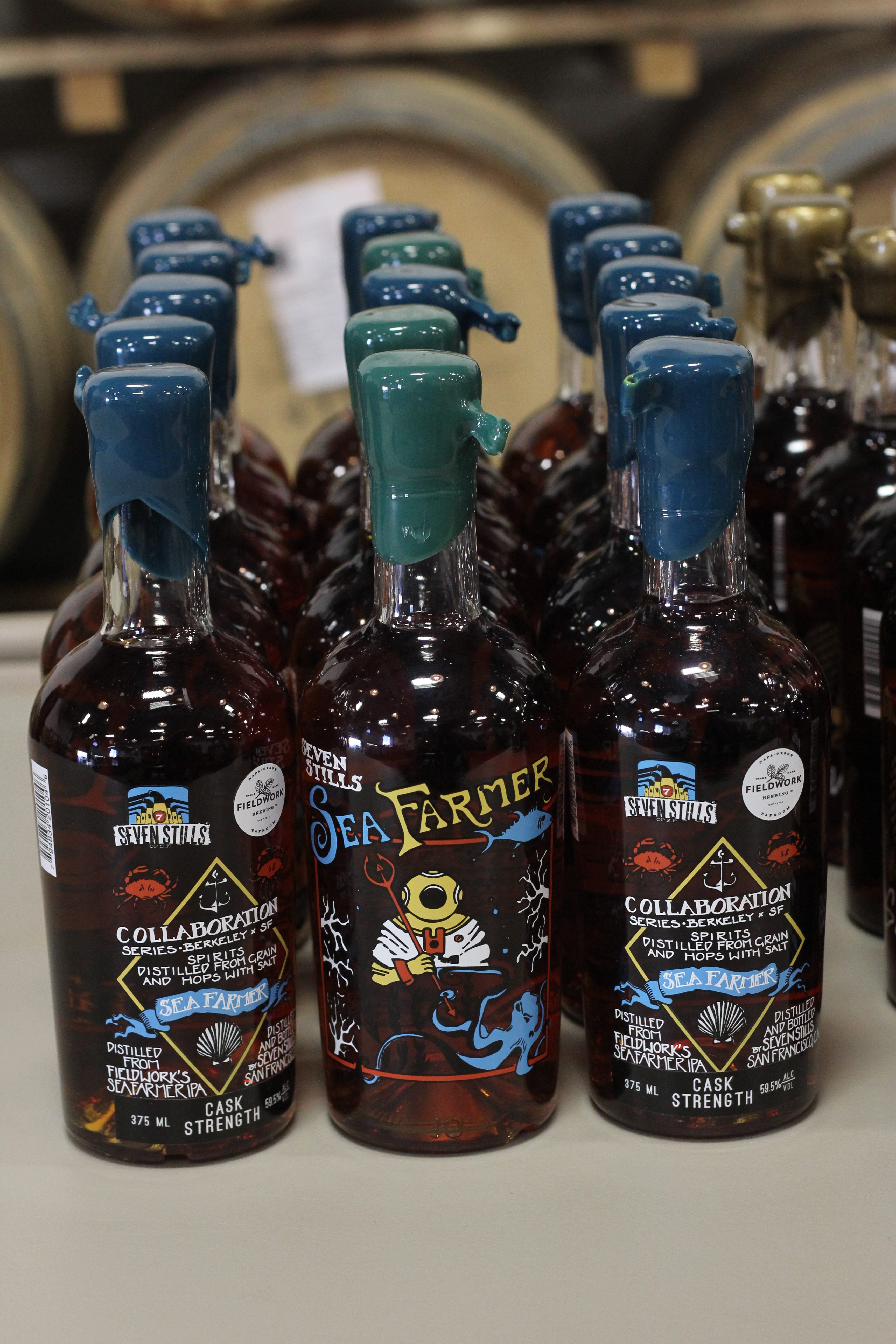 “Sea Farmer” – Seven Stills 2017 collaboration using Fieldwork Brewing’s Sea Farmer IPA.
“Sea Farmer” – Seven Stills 2017 collaboration using Fieldwork Brewing’s Sea Farmer IPA. Every flight is different, depending on which of their releases are available.
Every flight is different, depending on which of their releases are available.